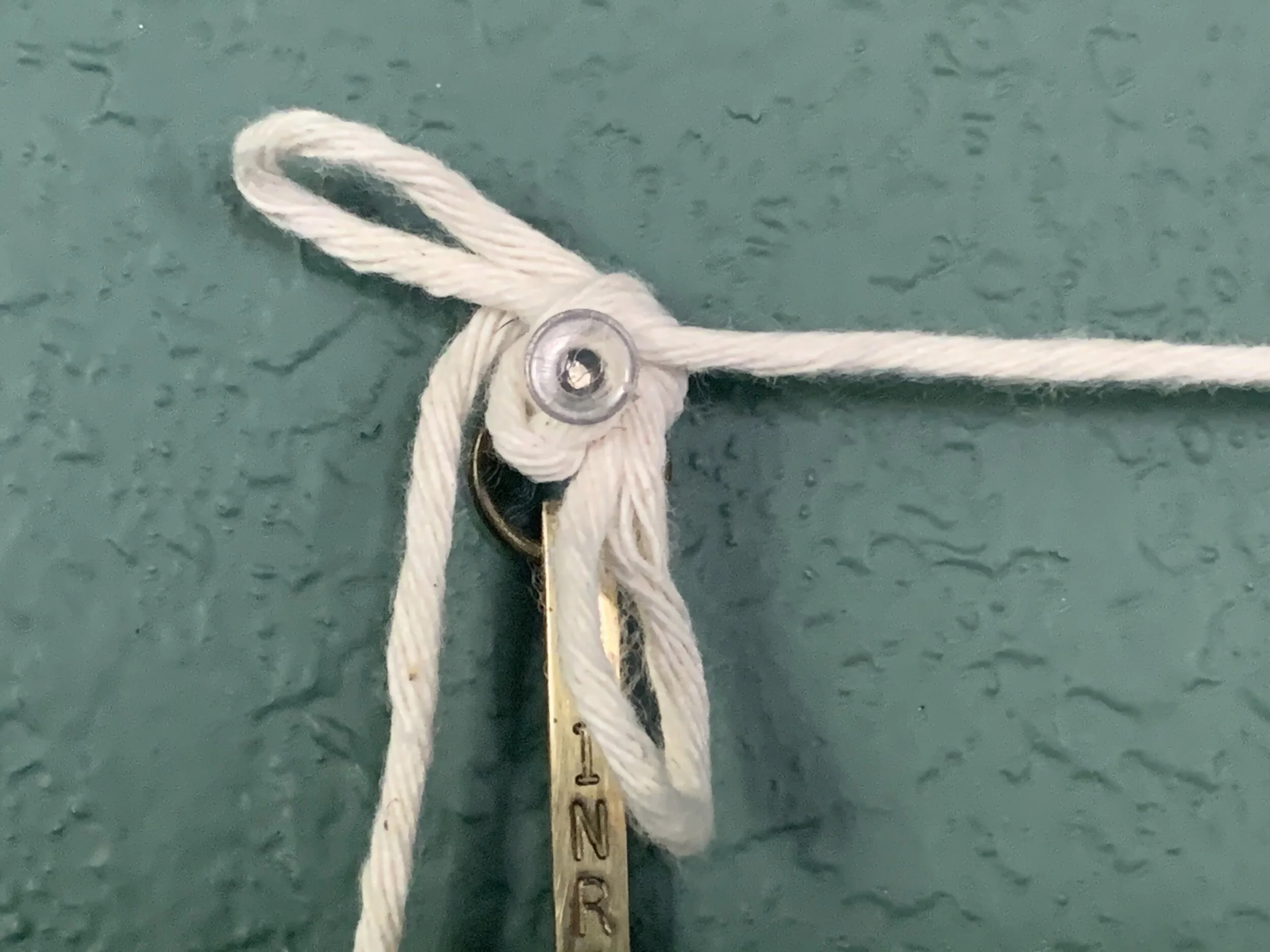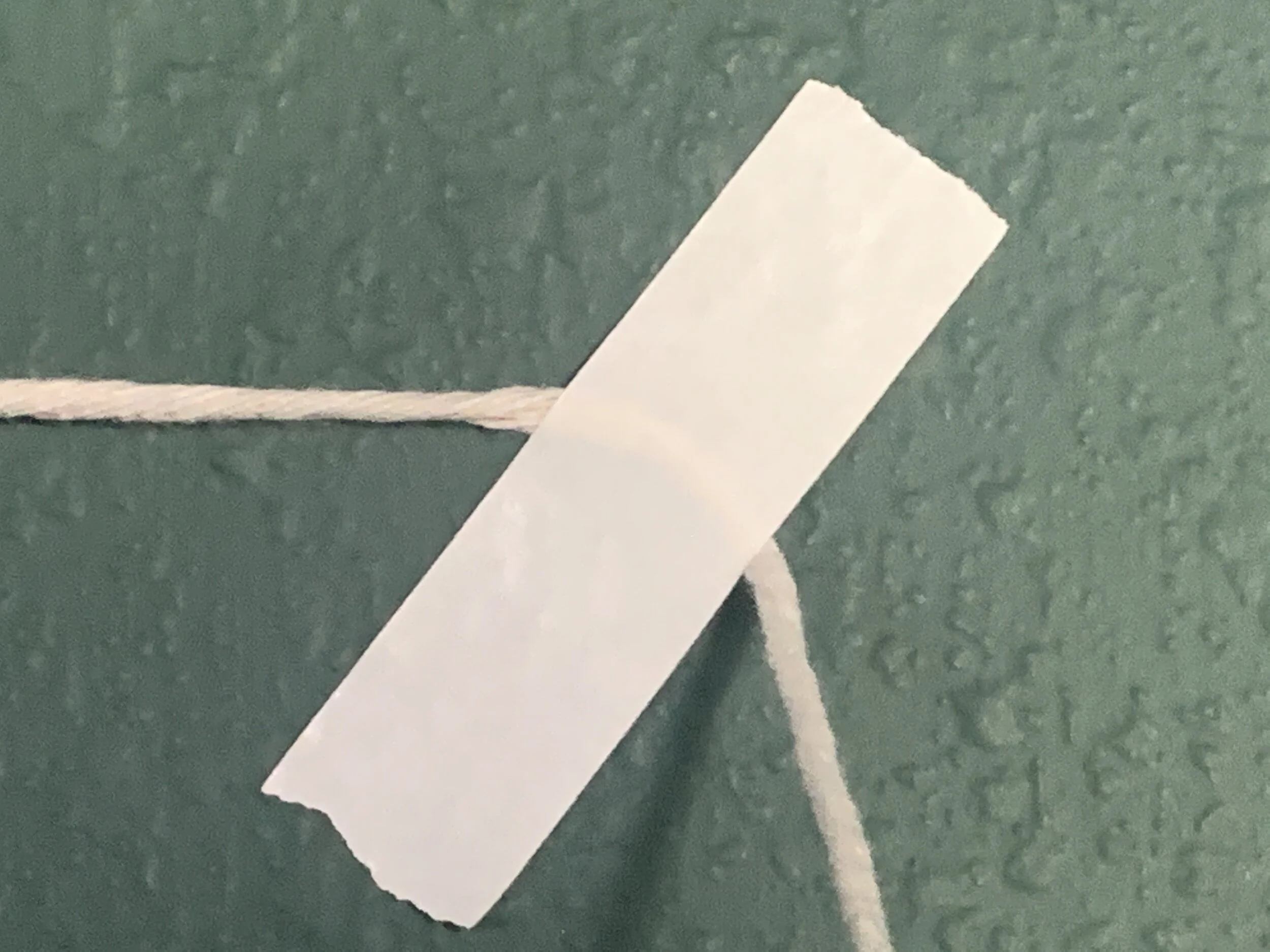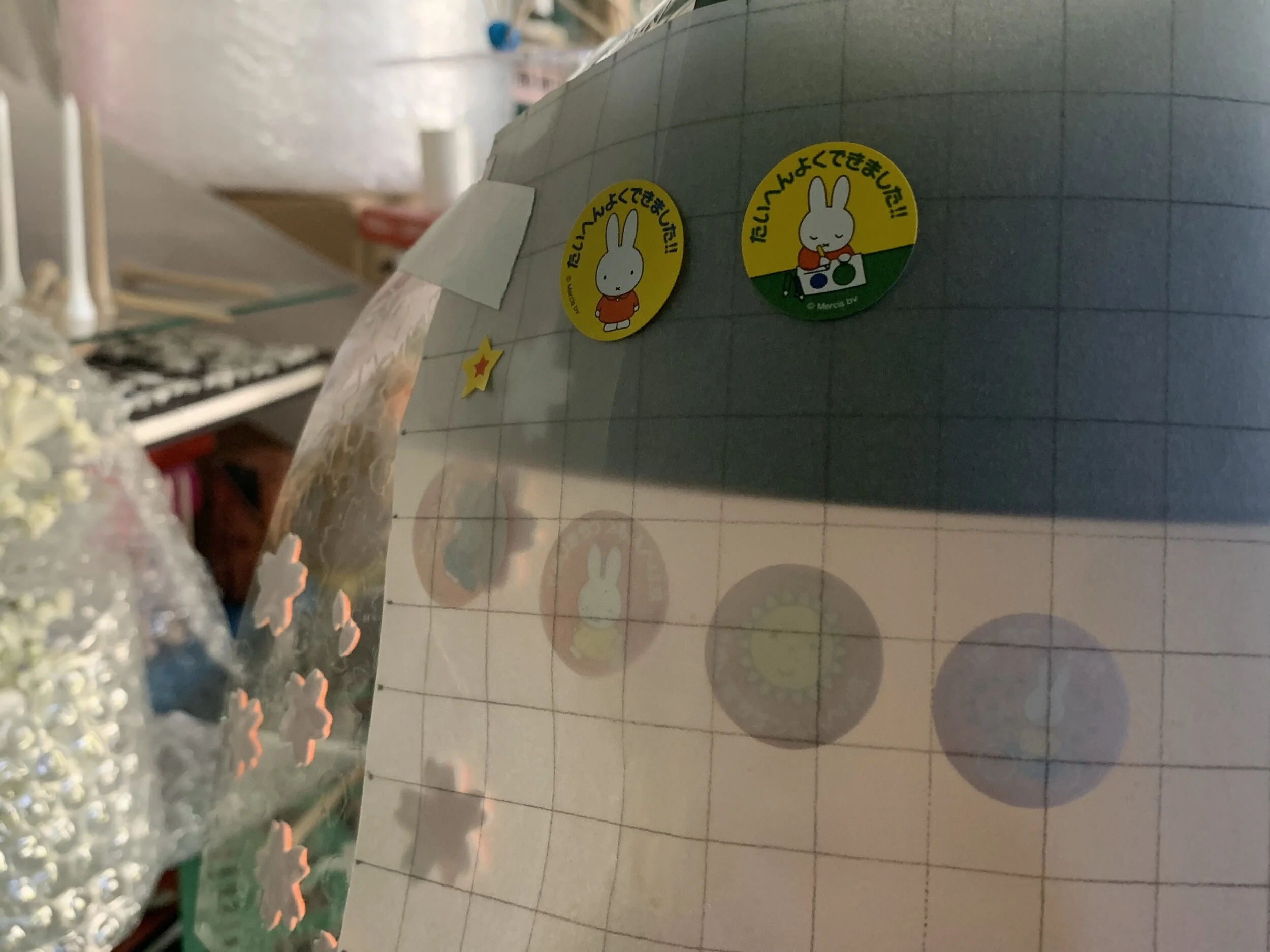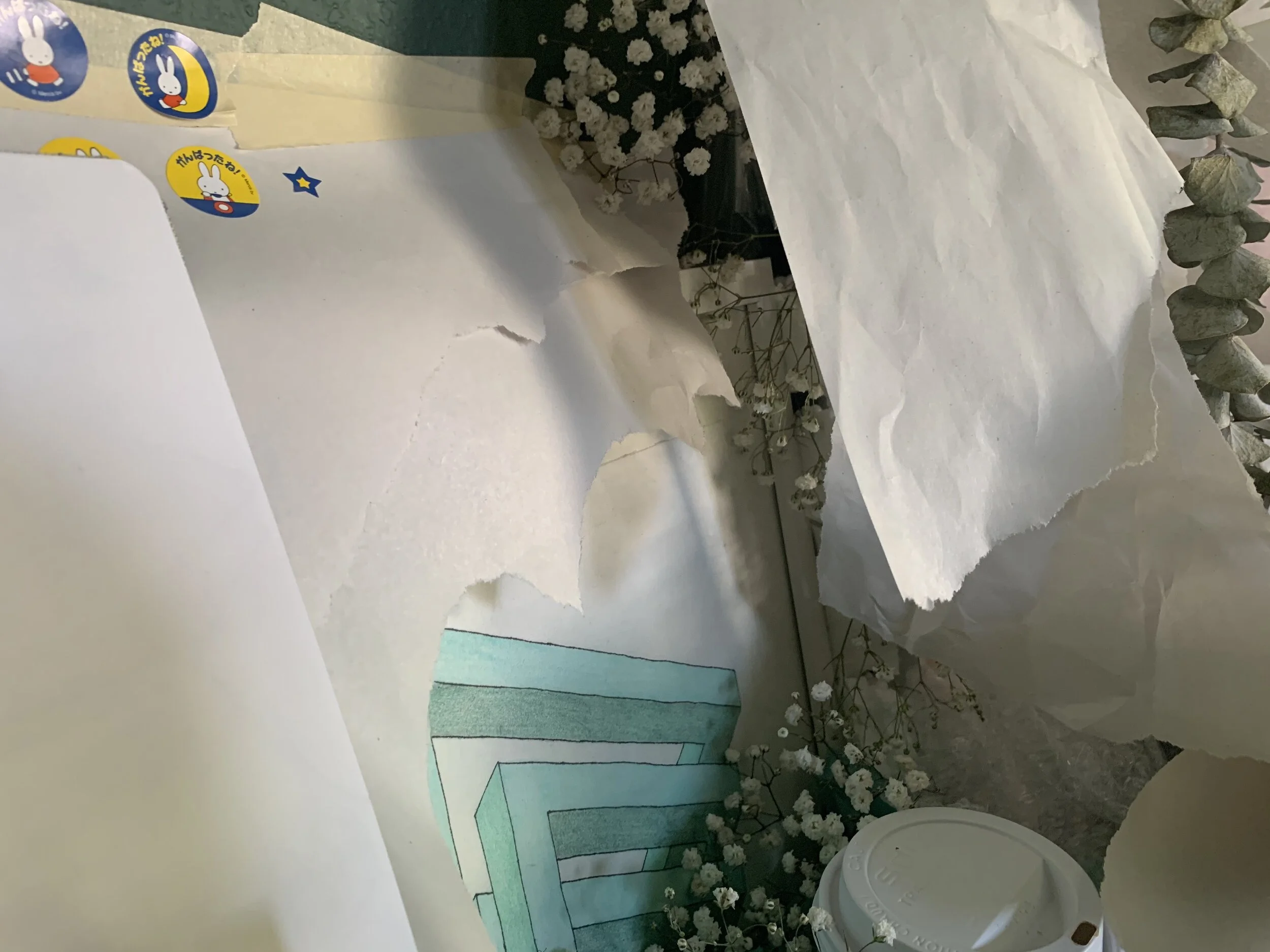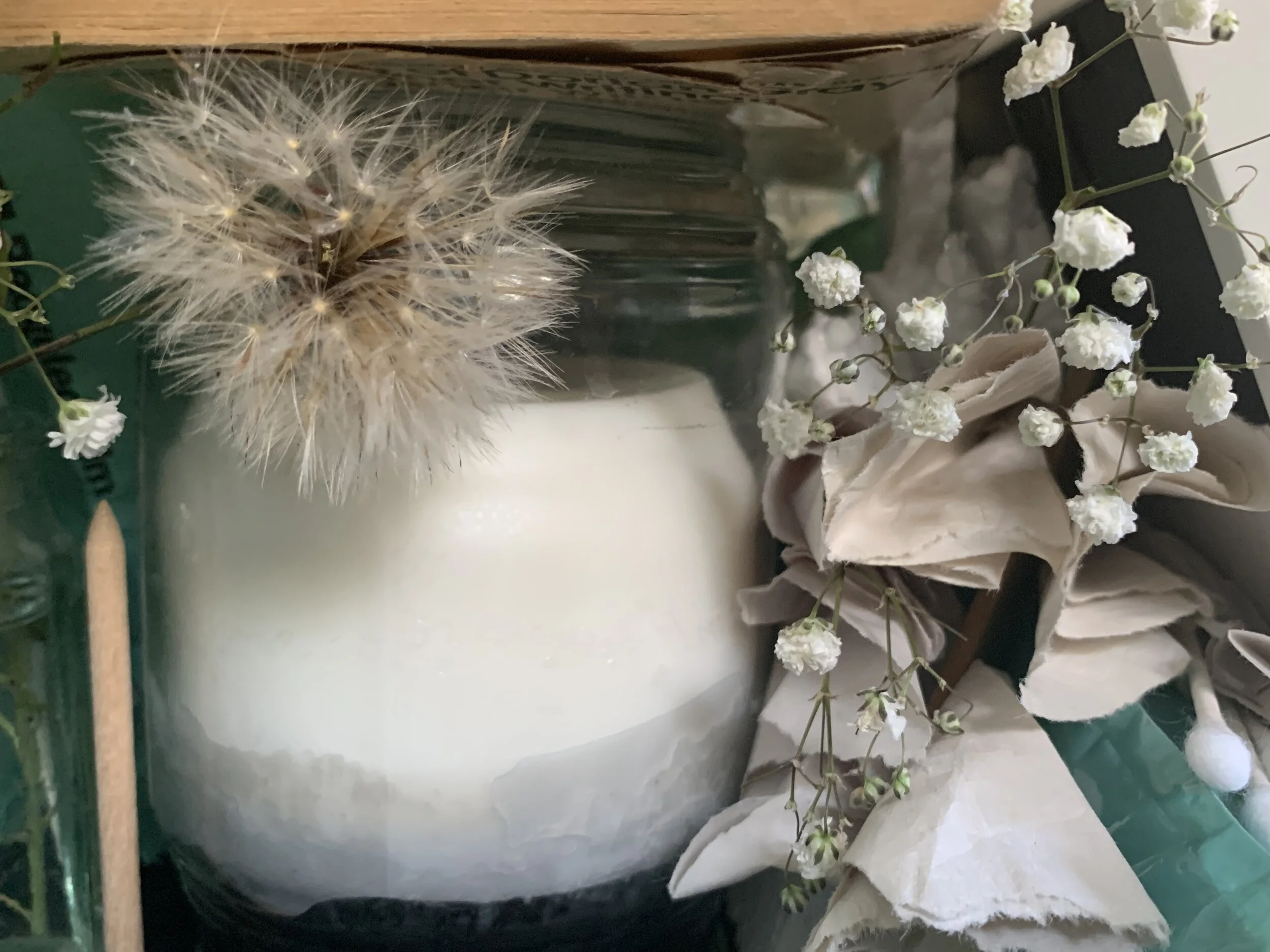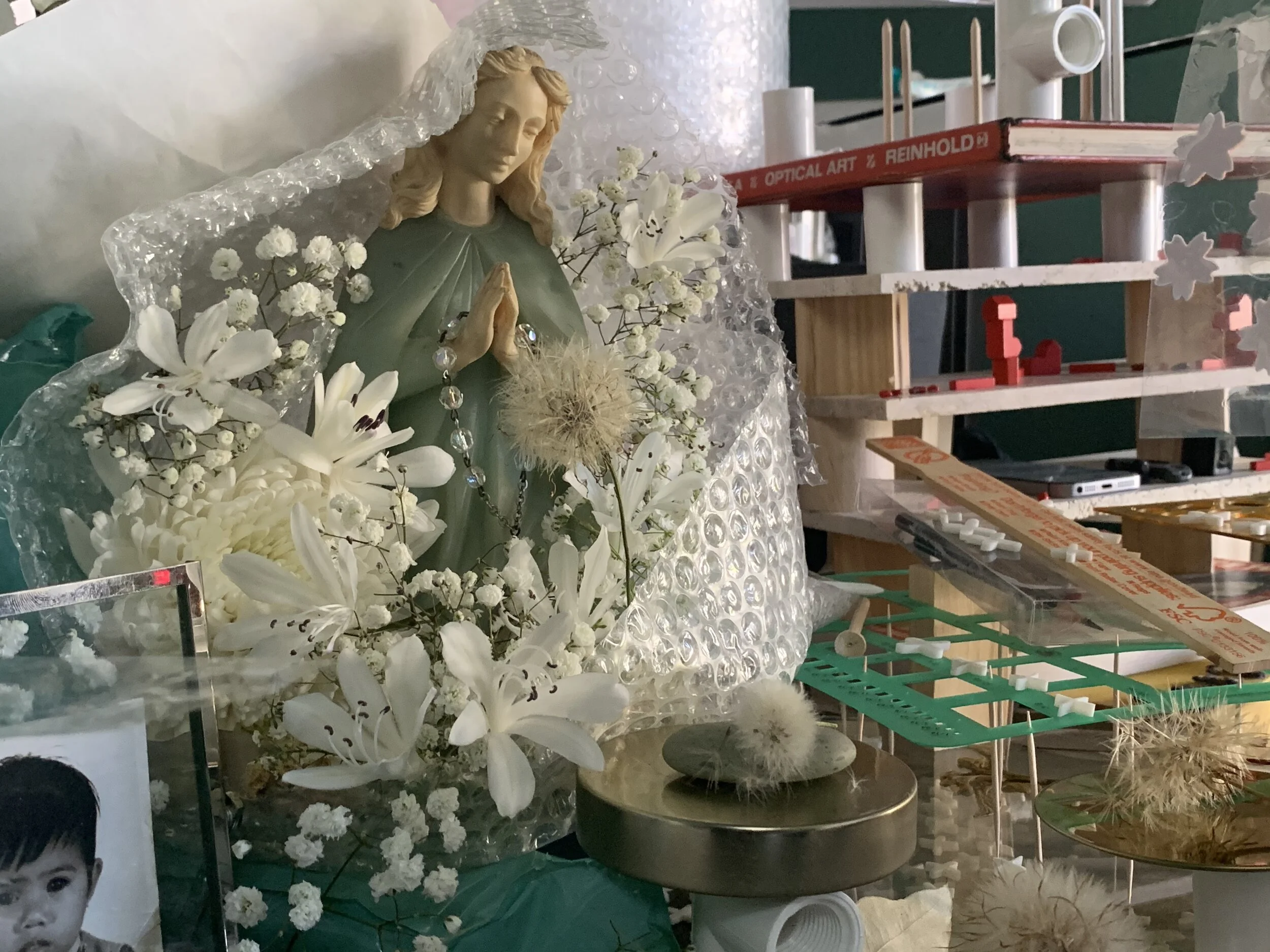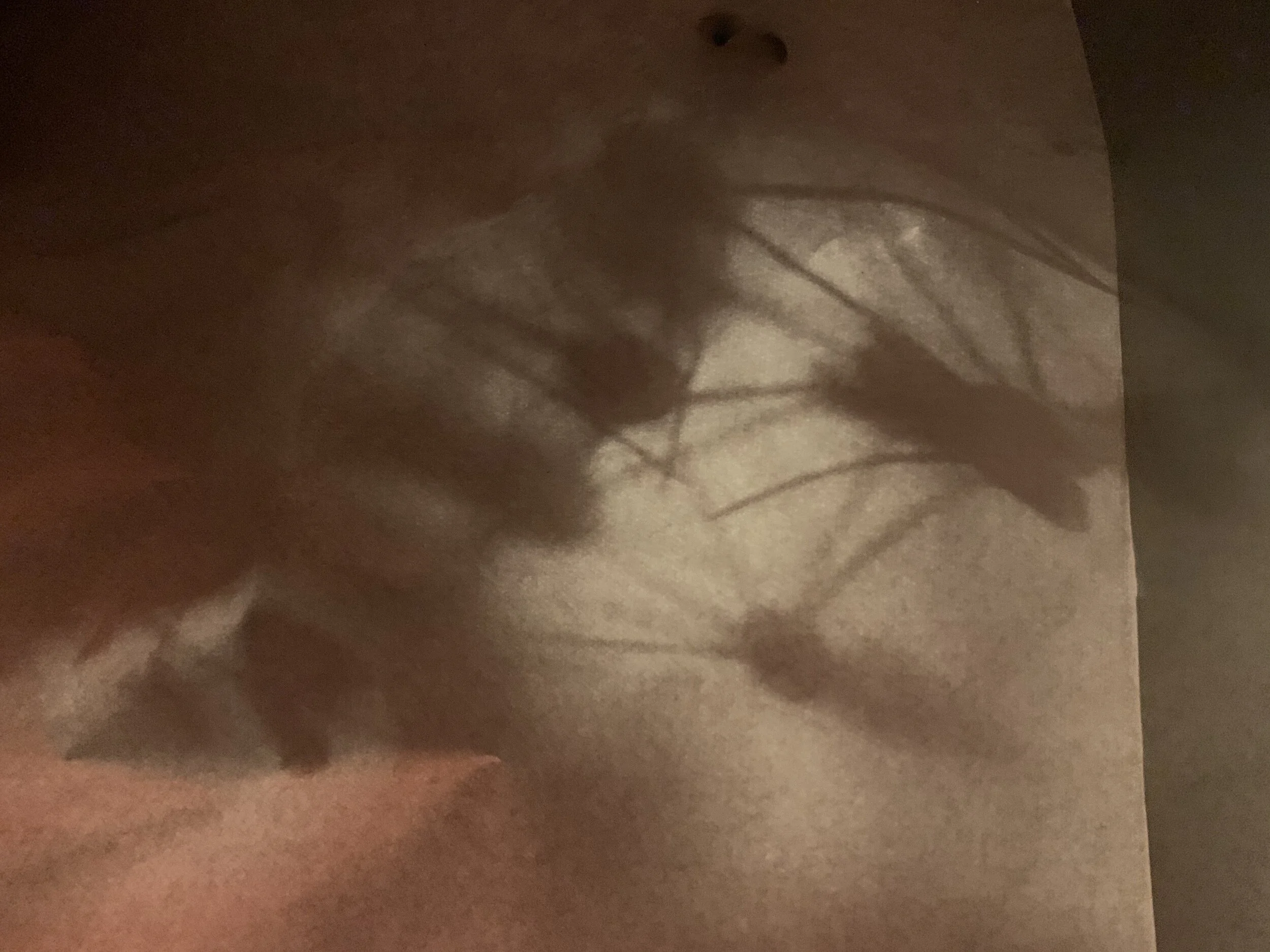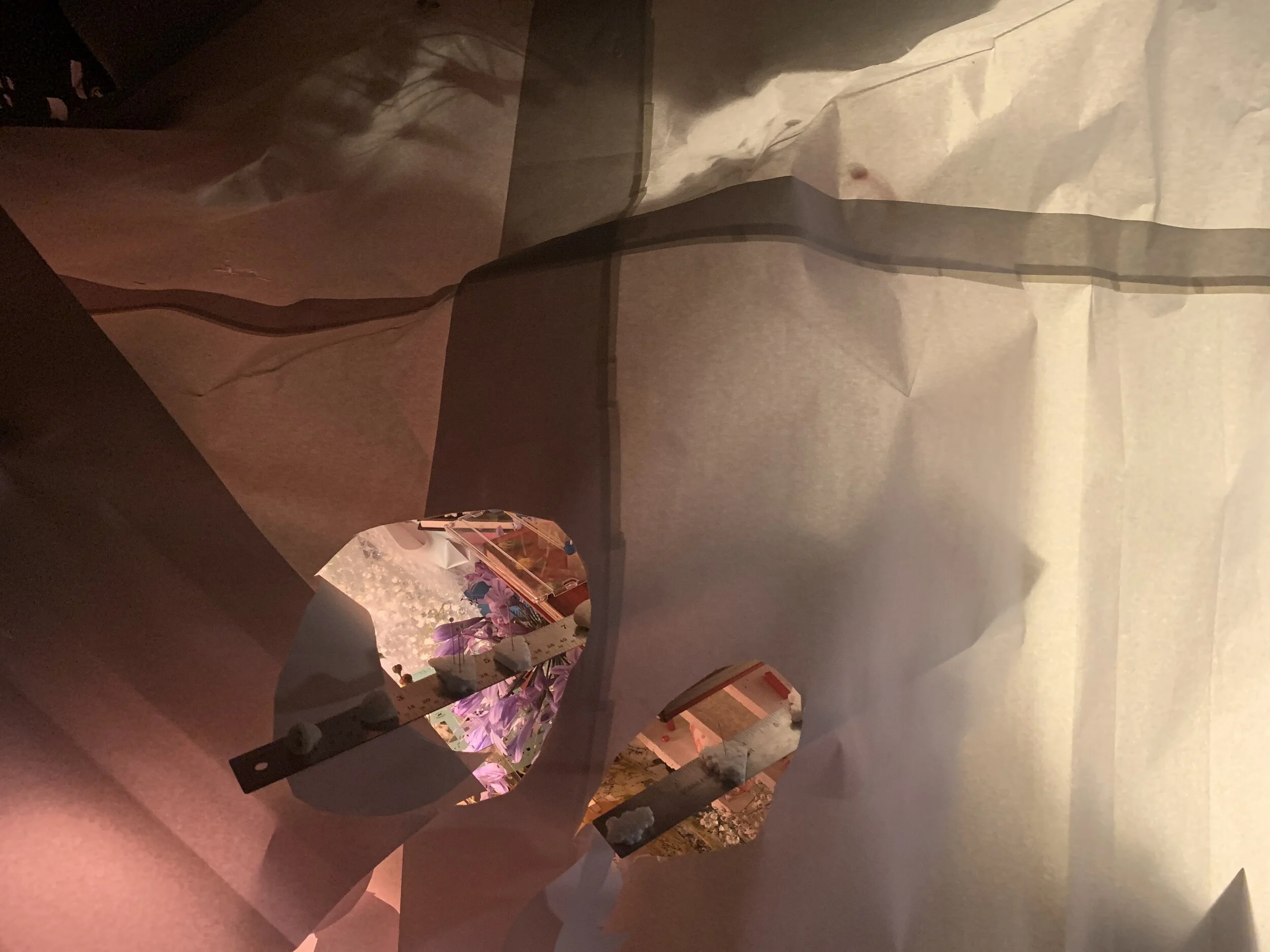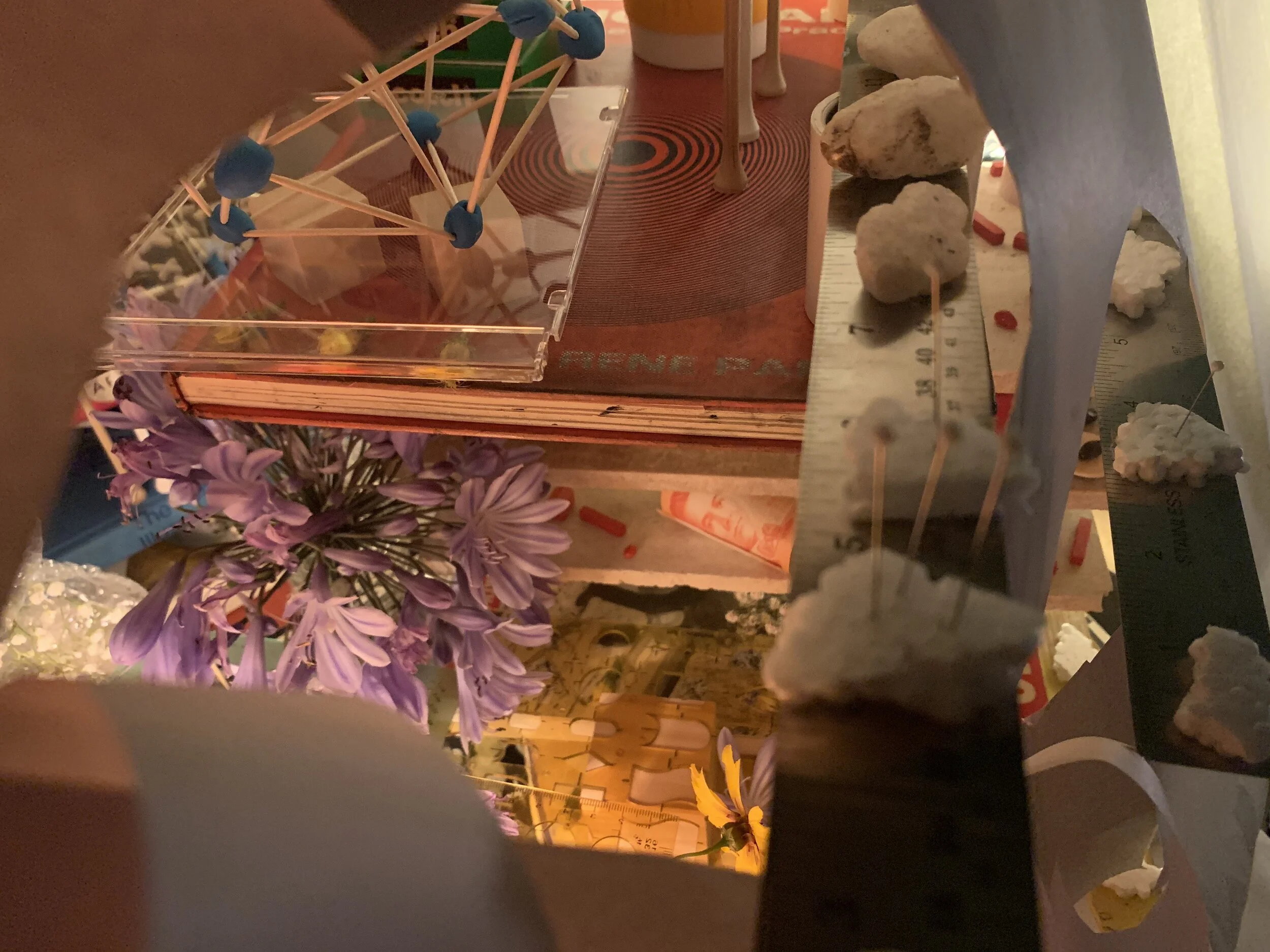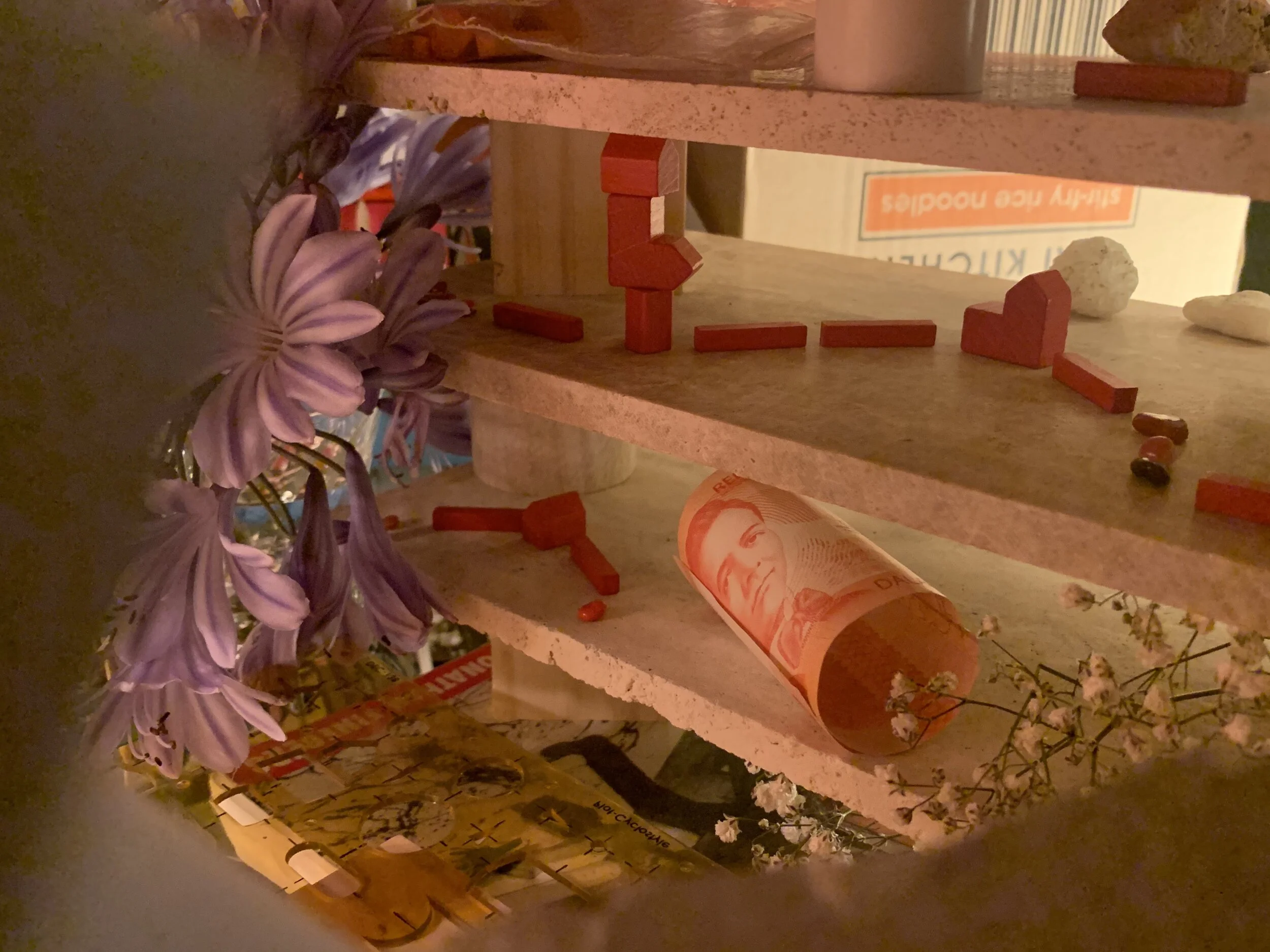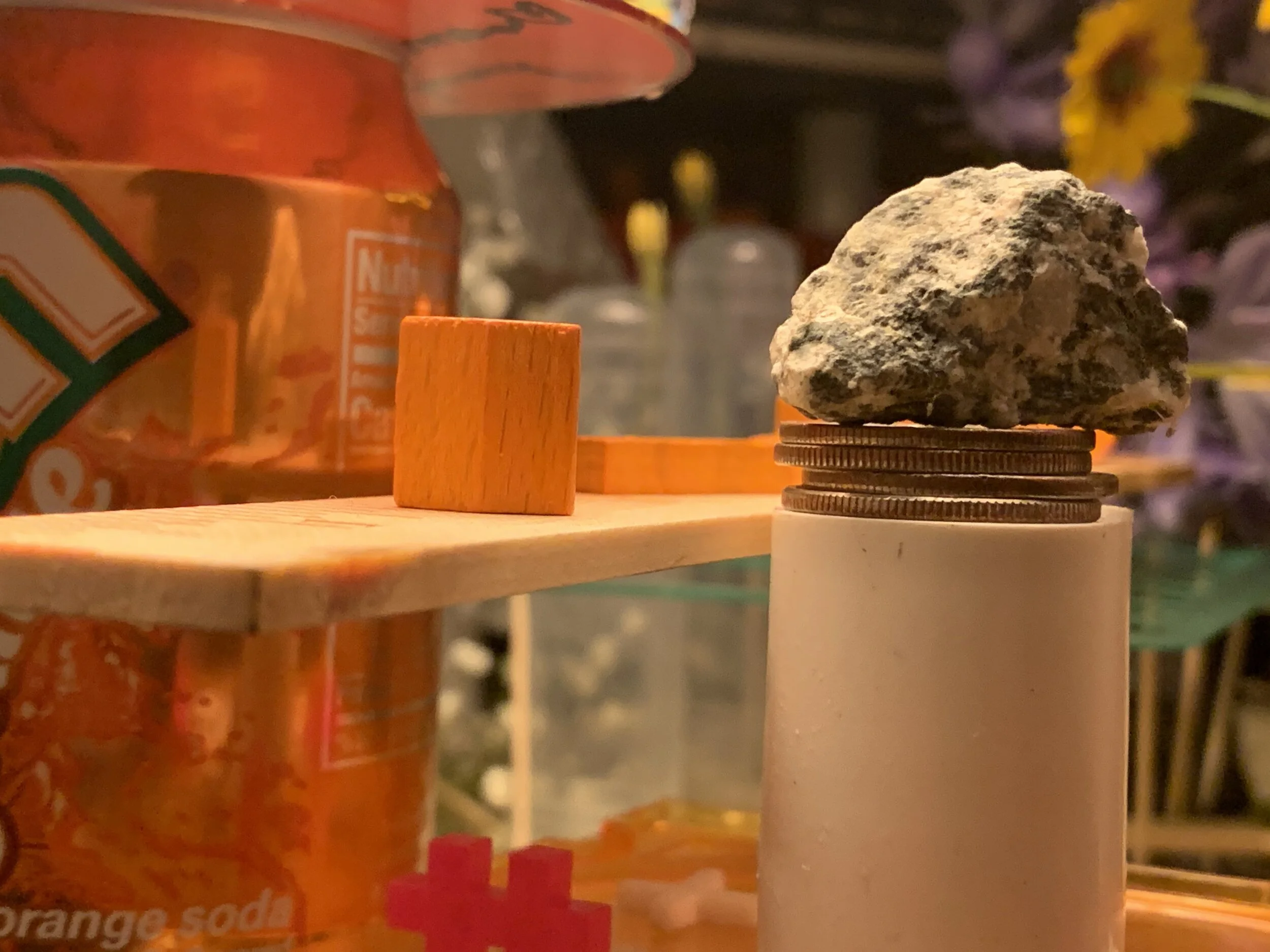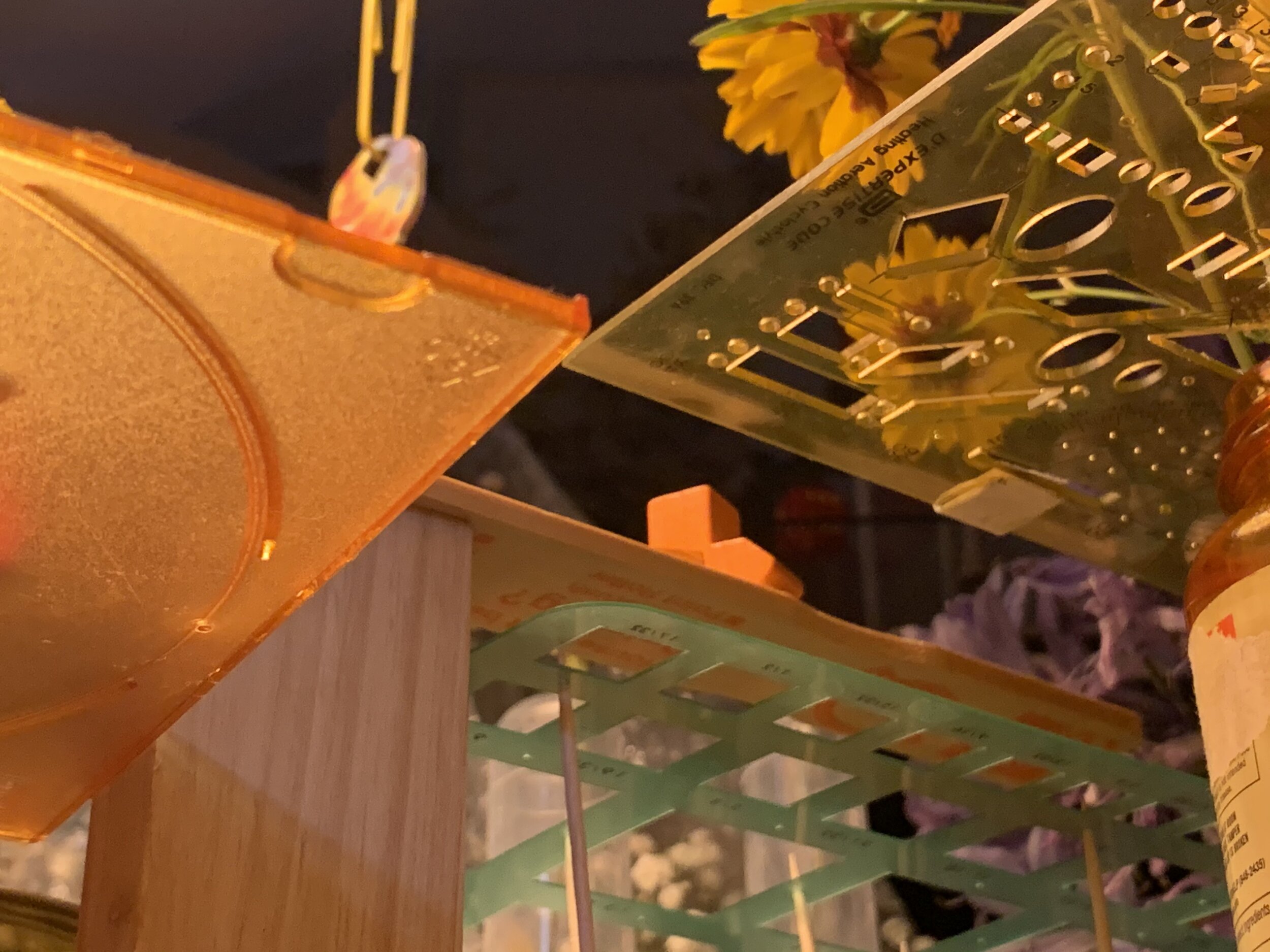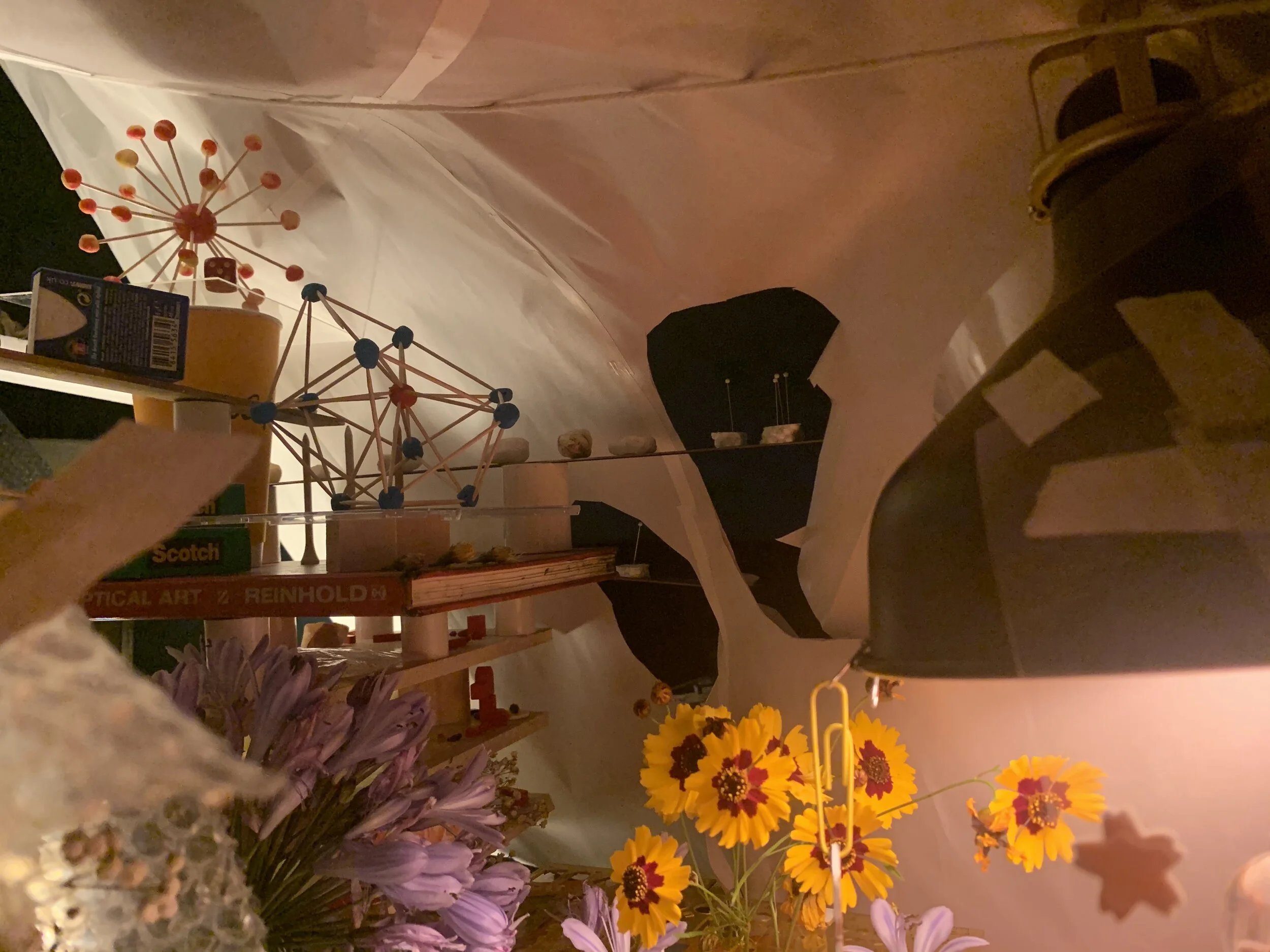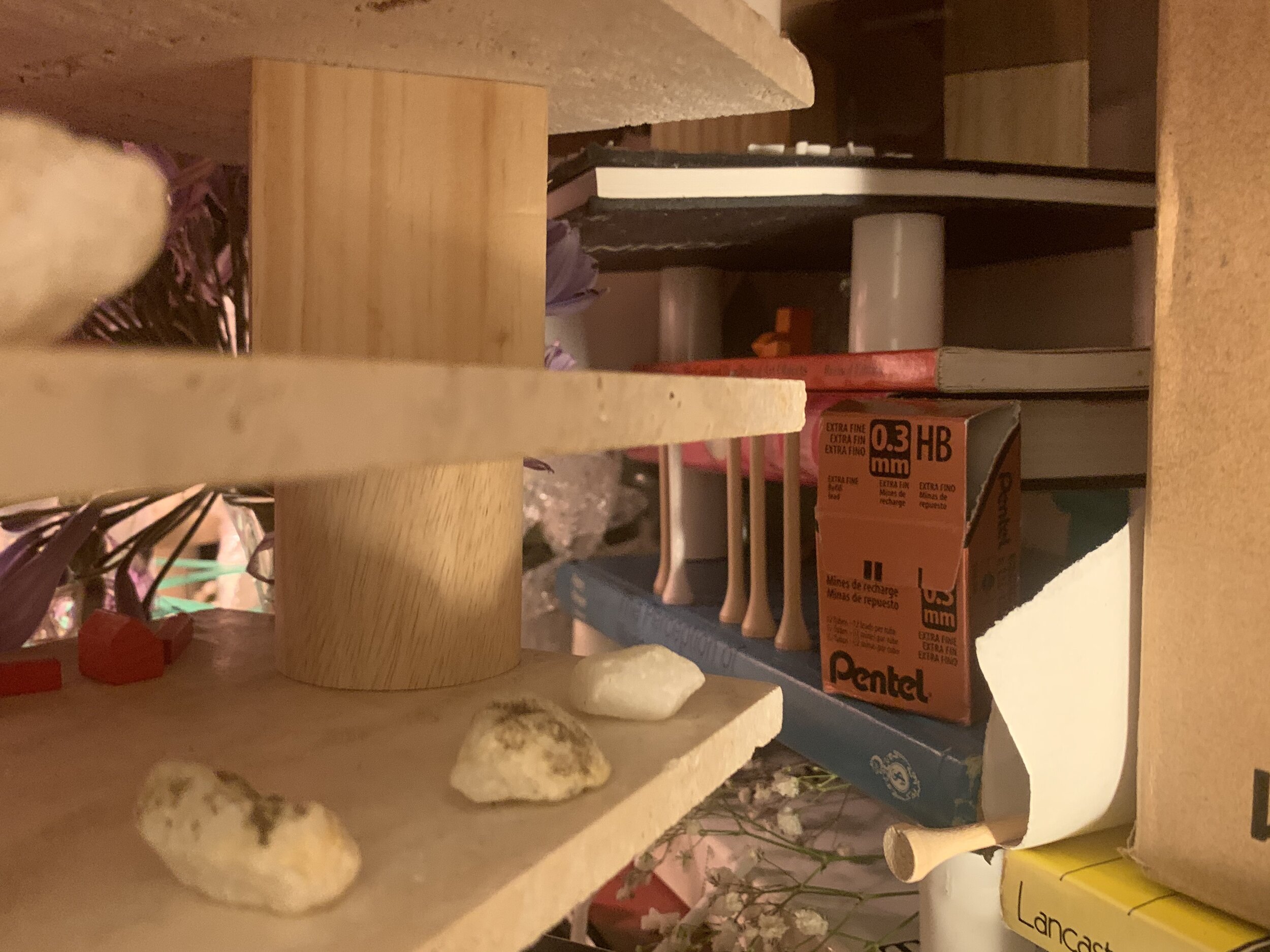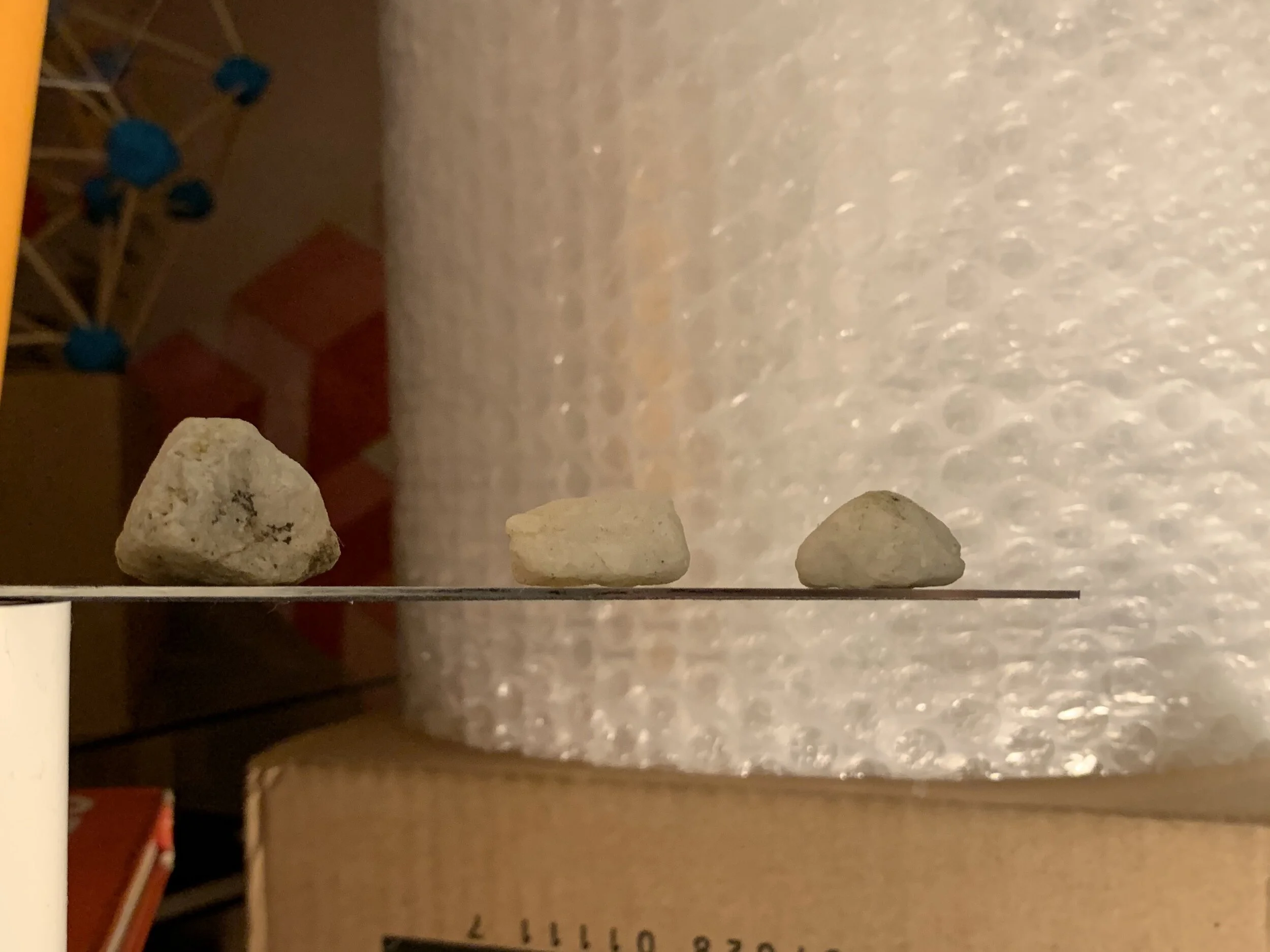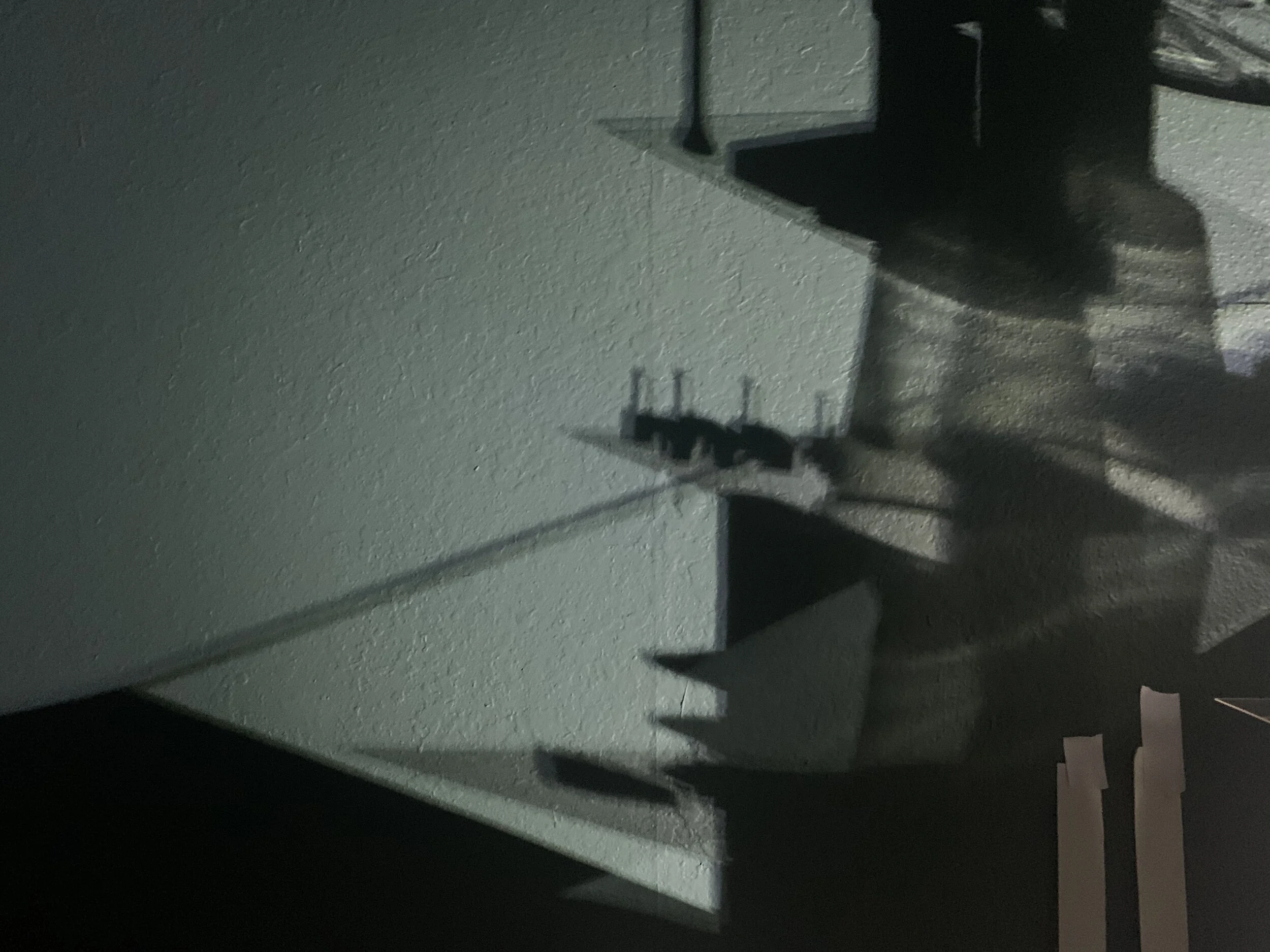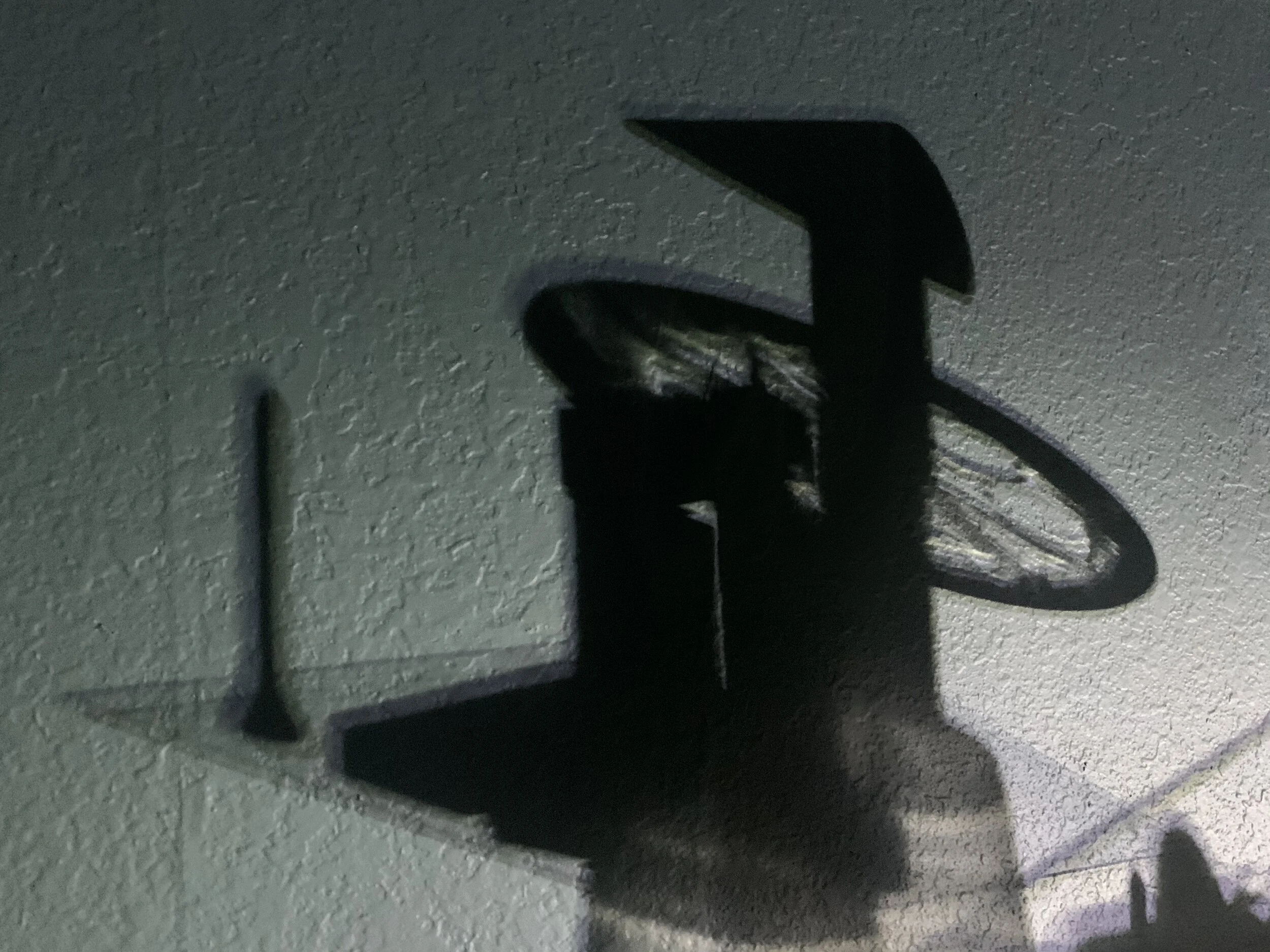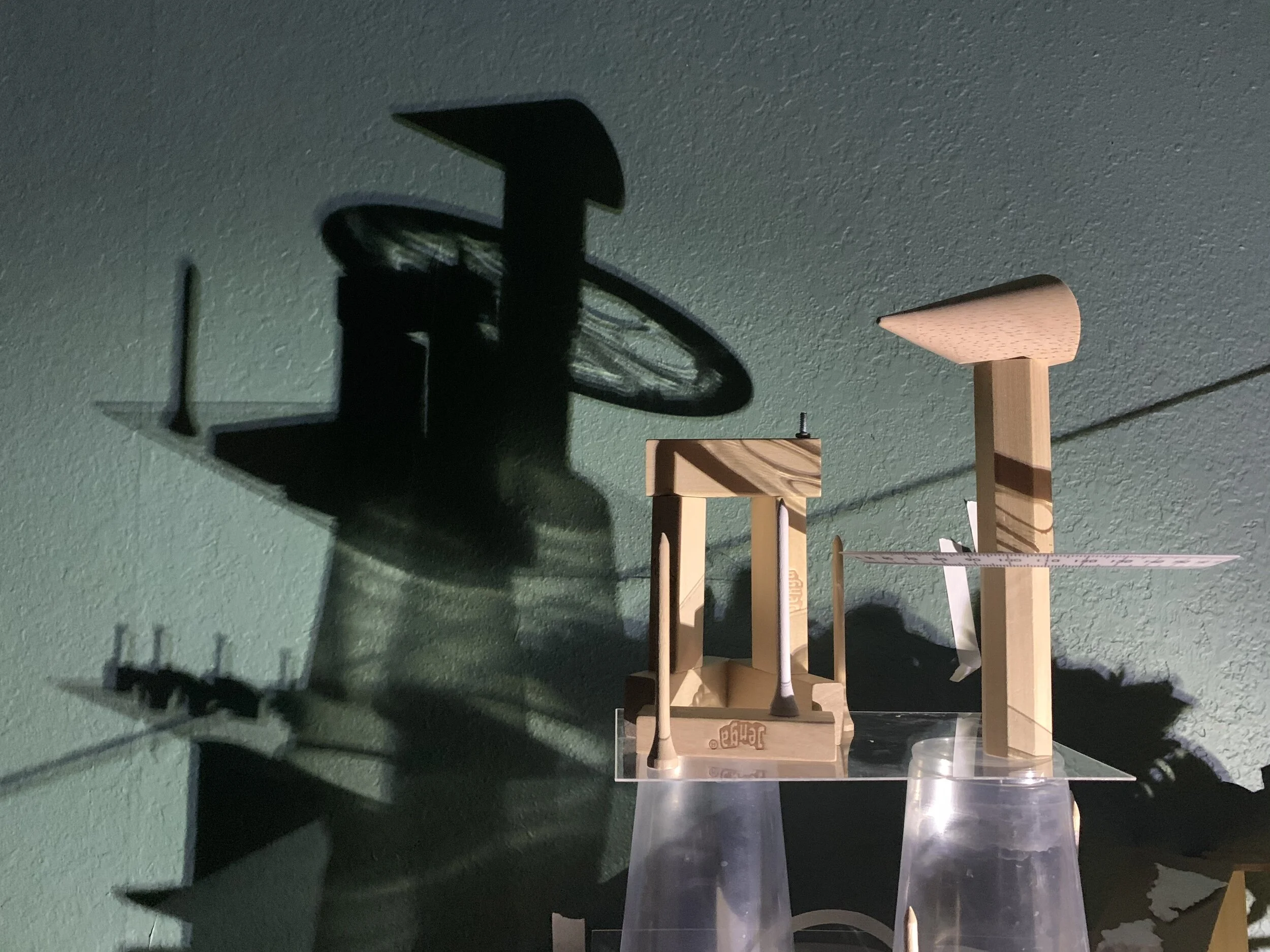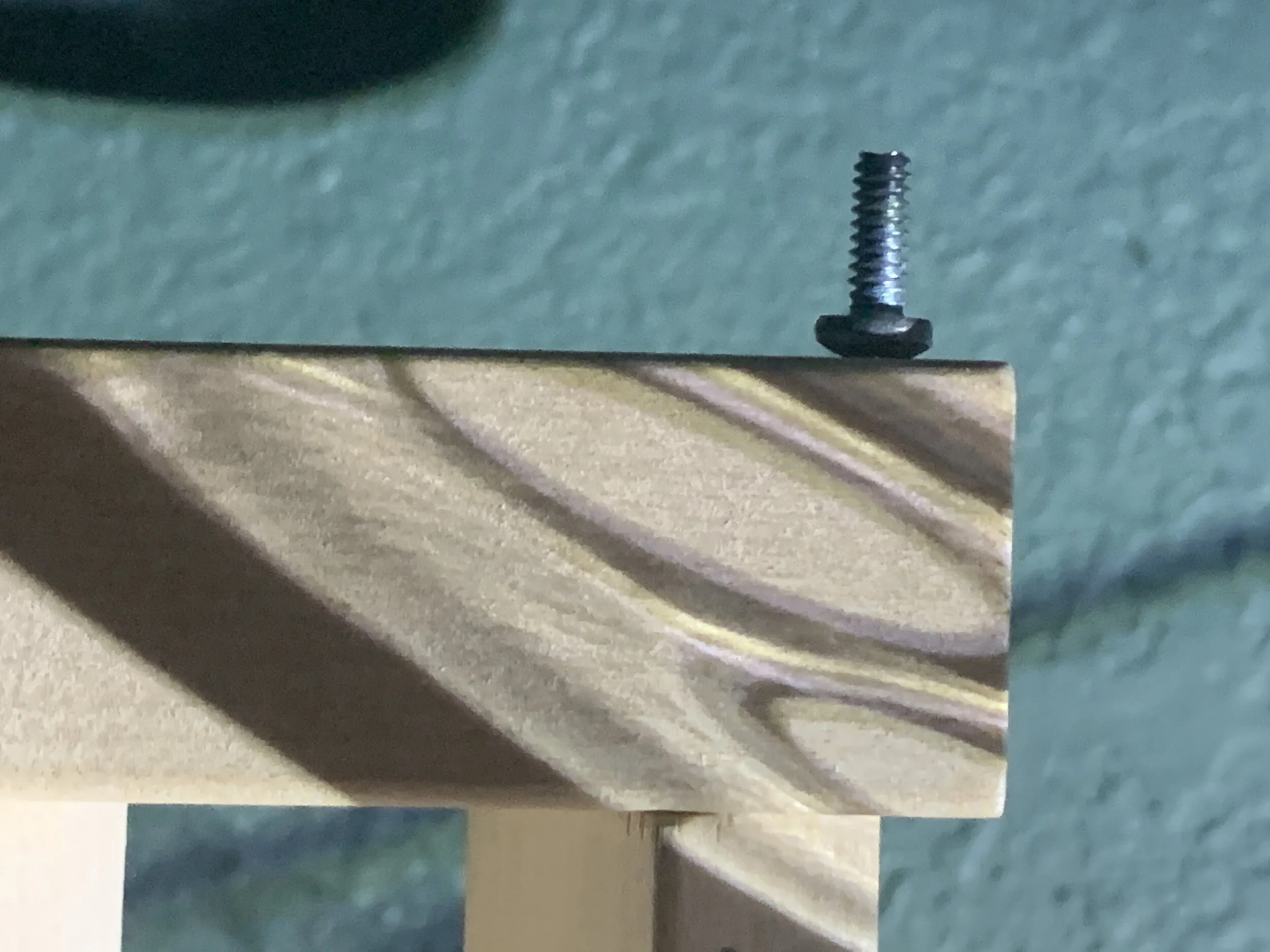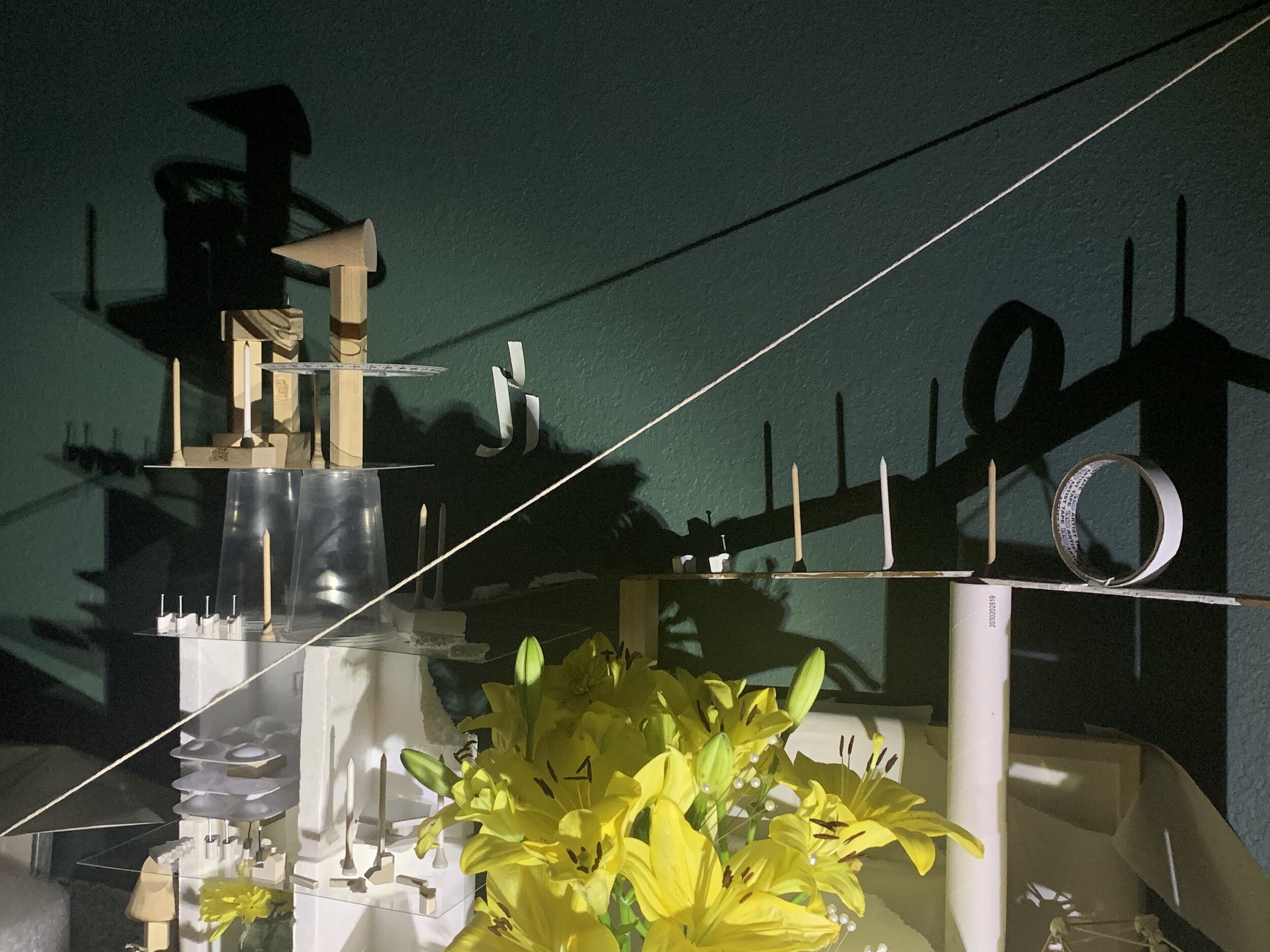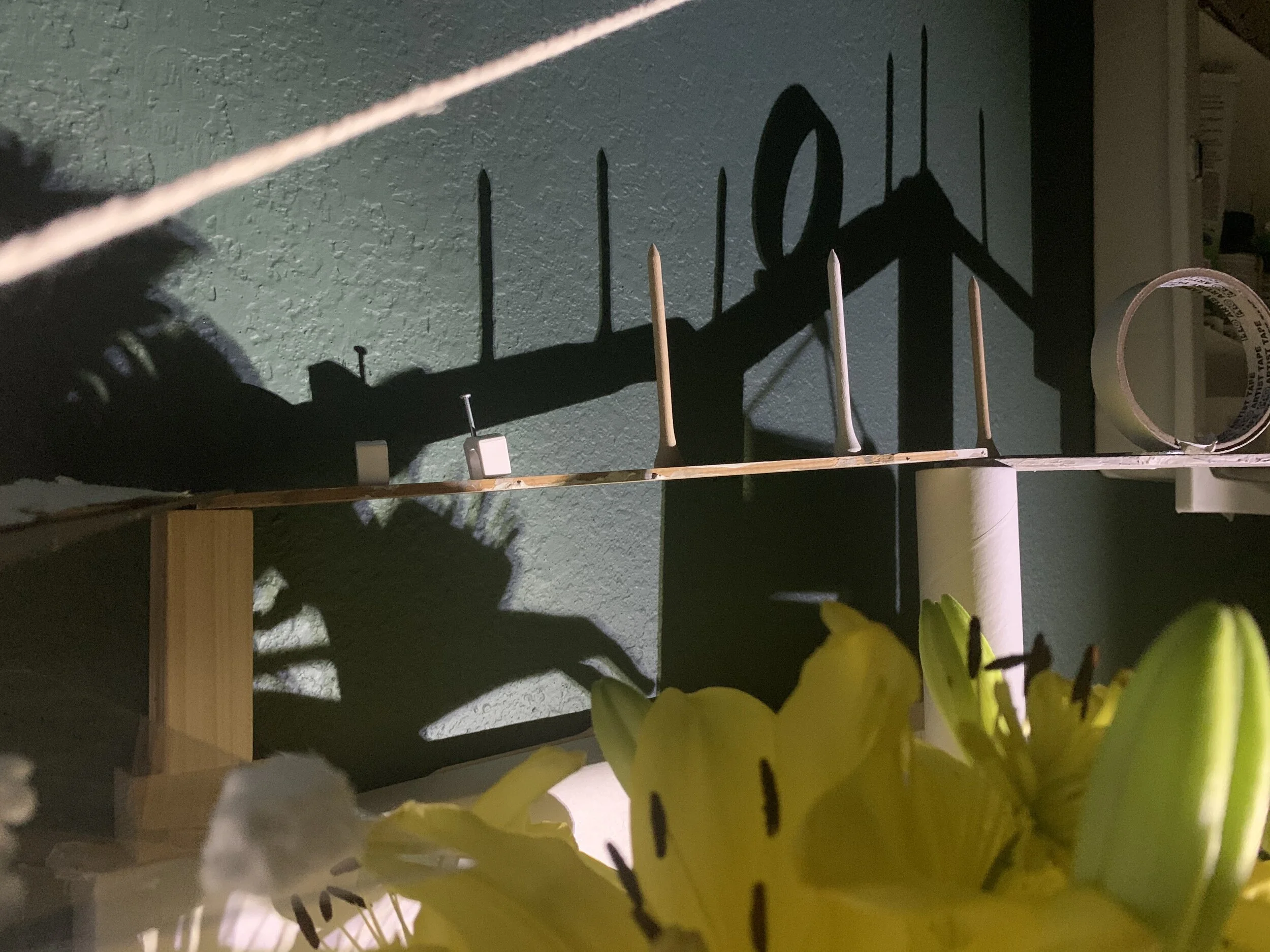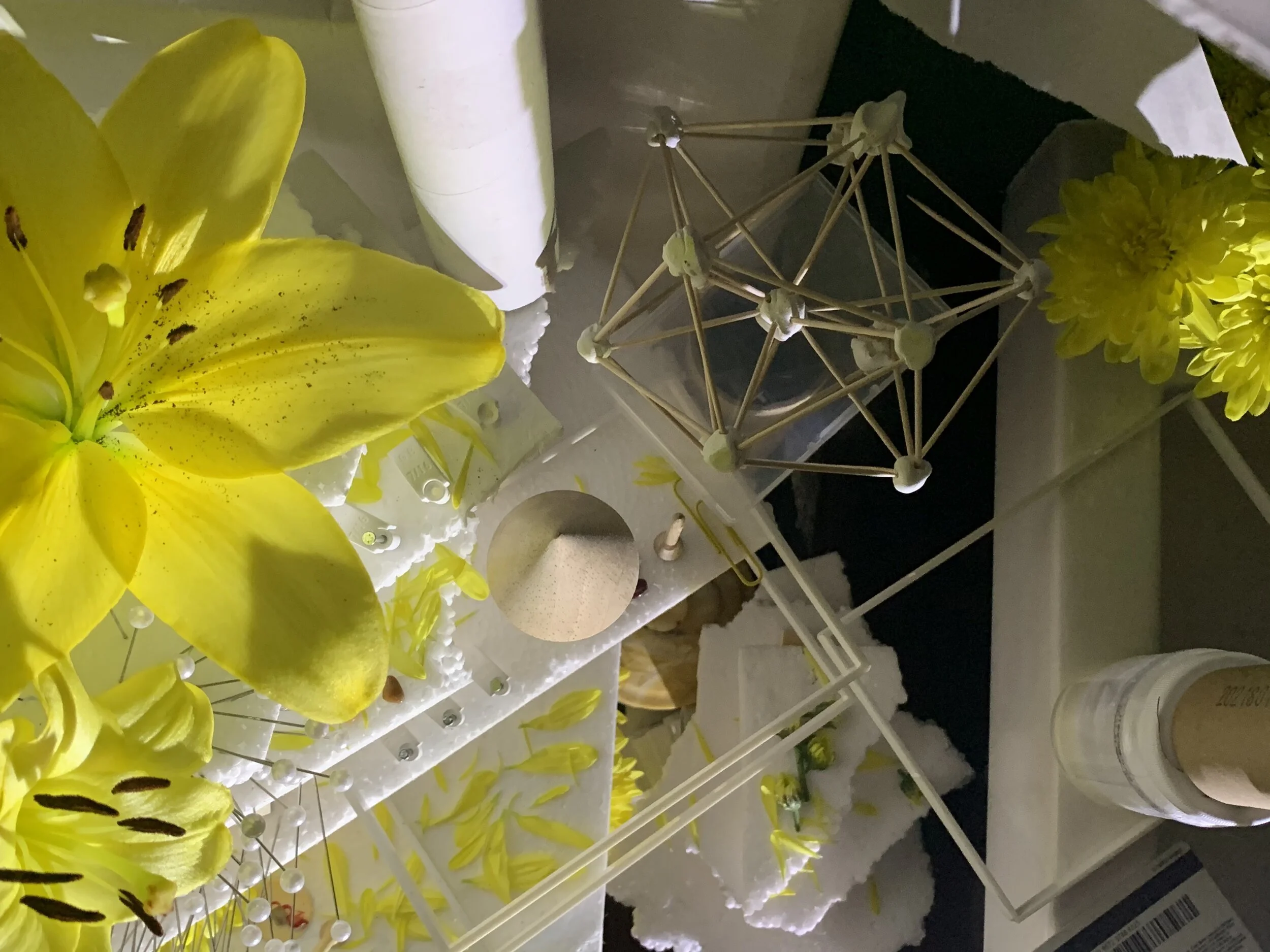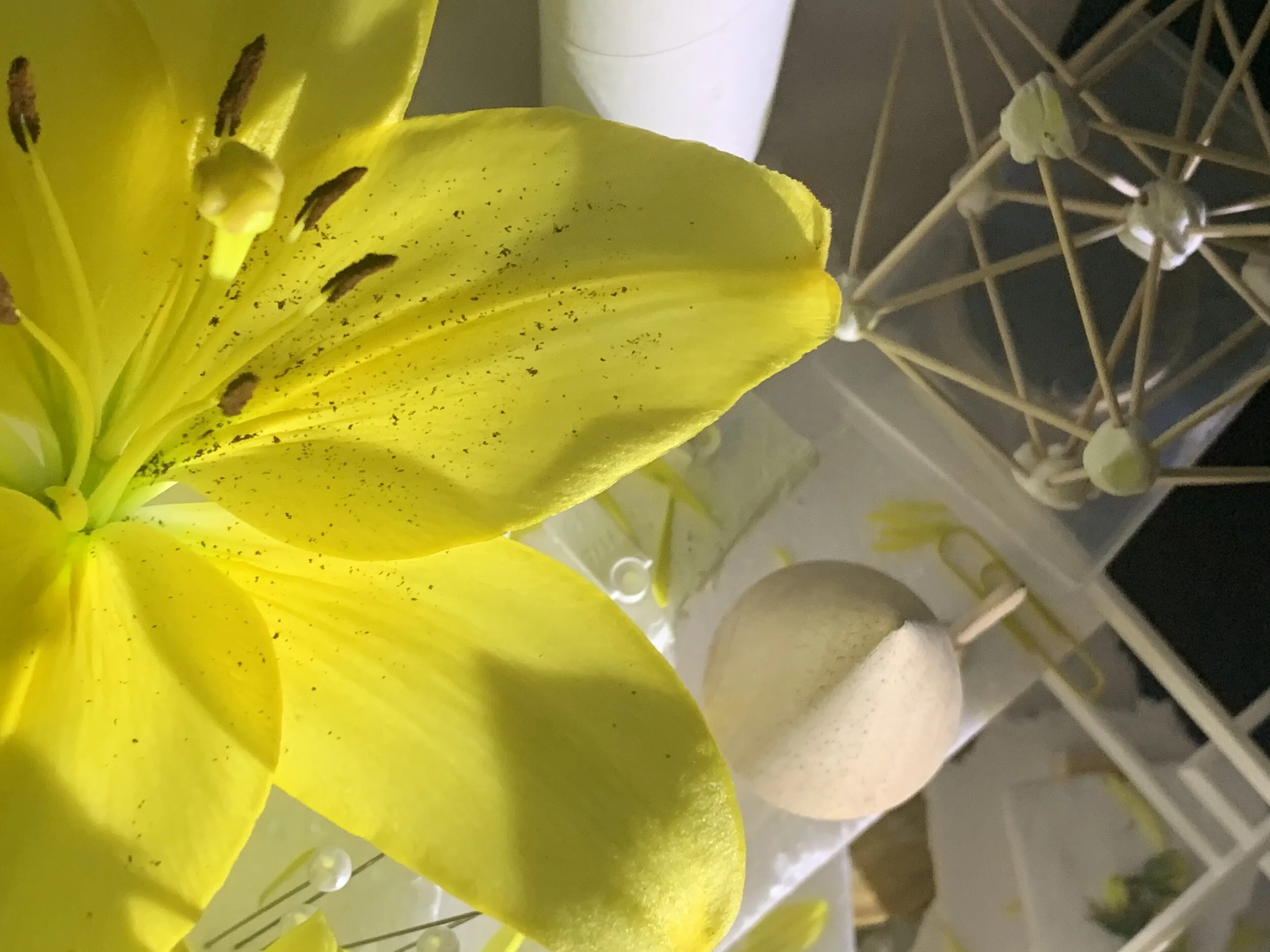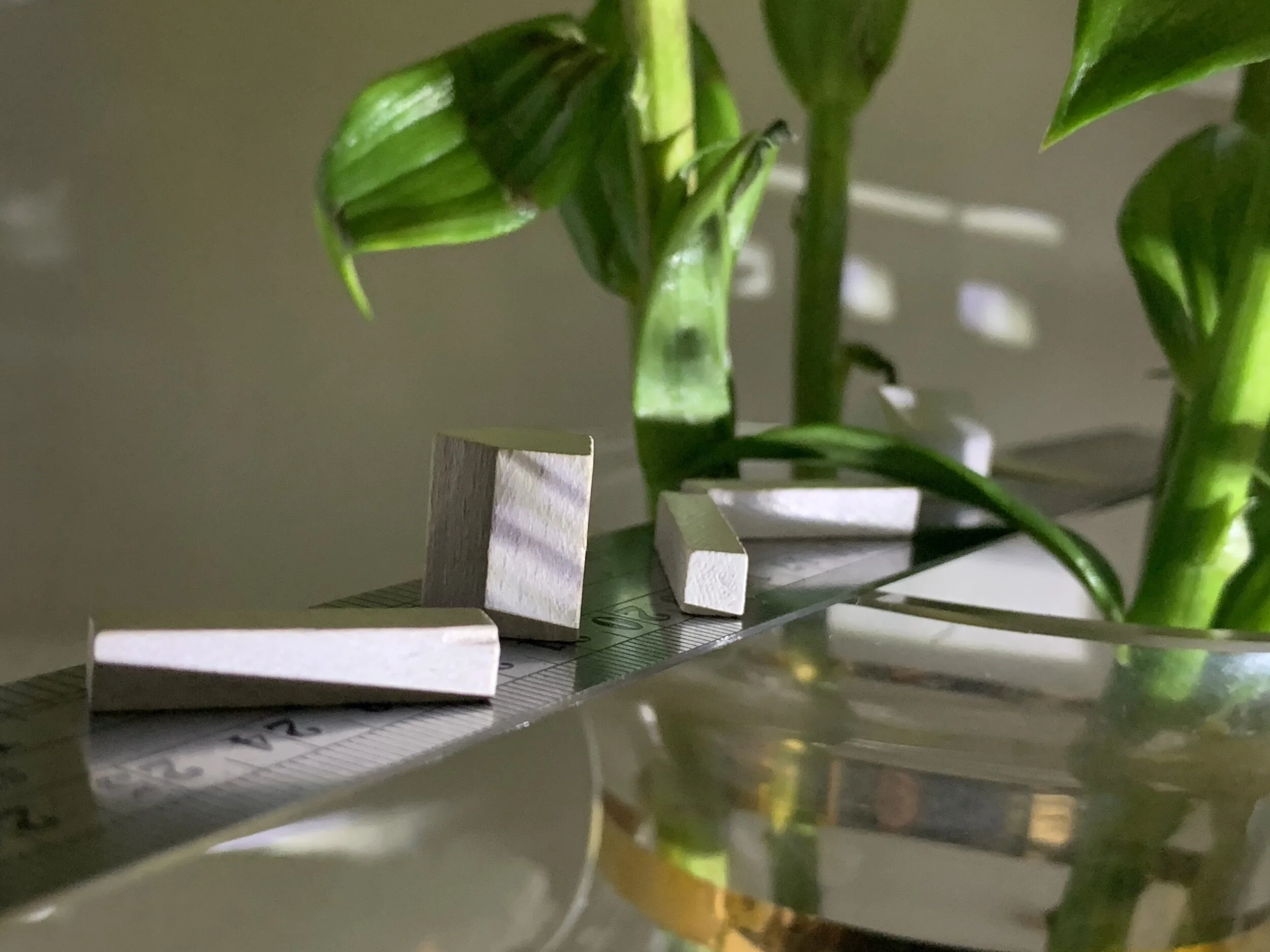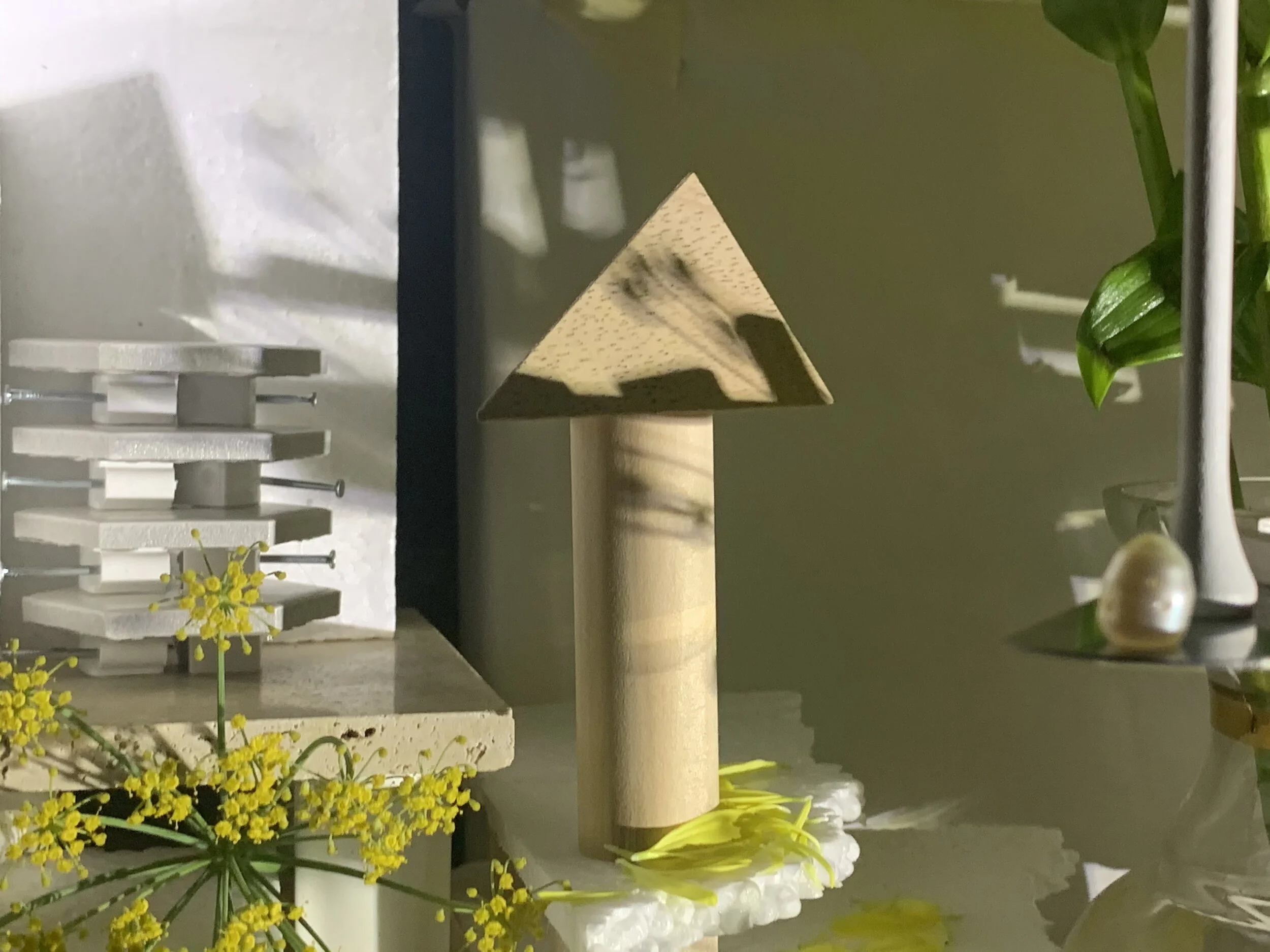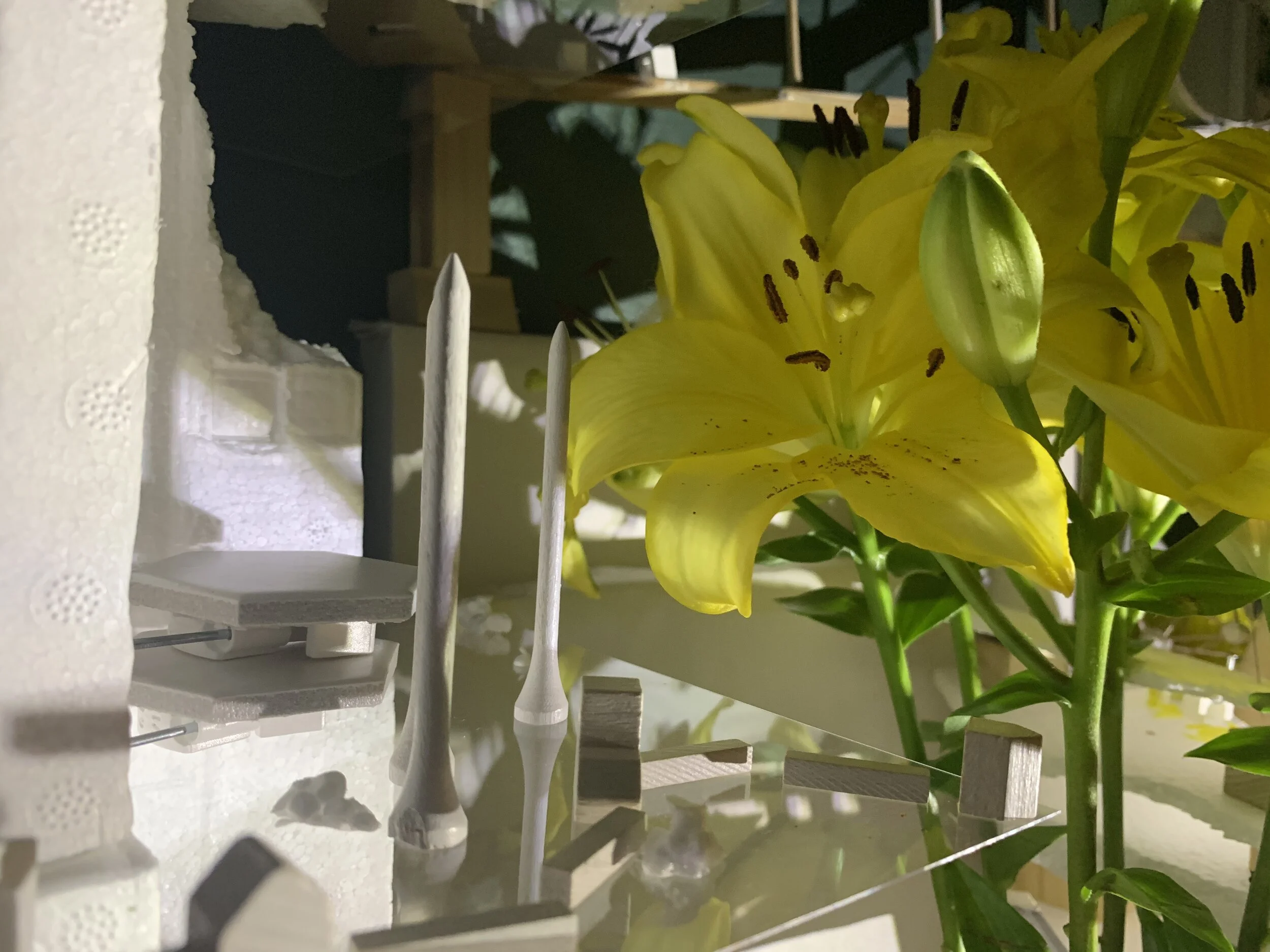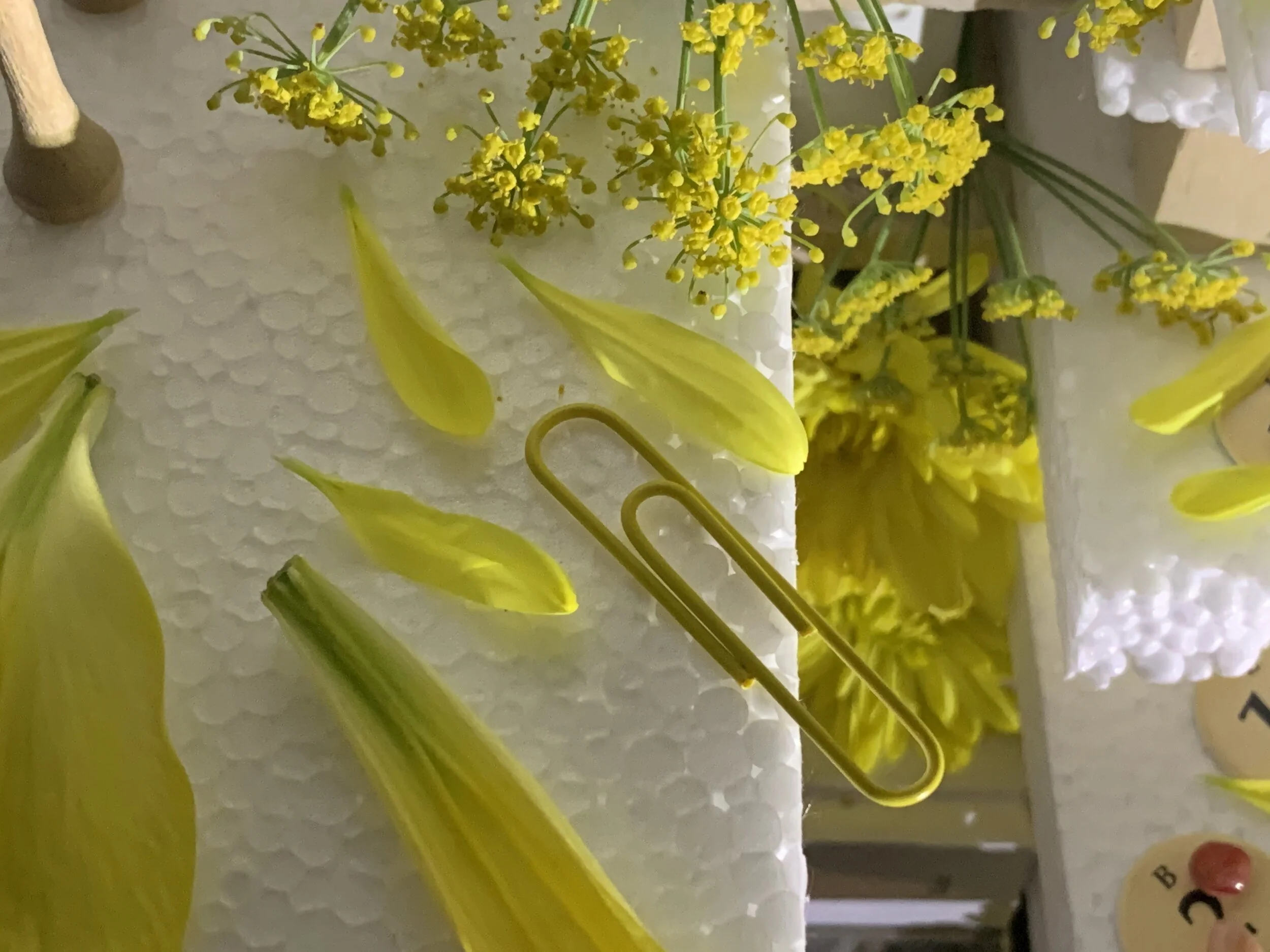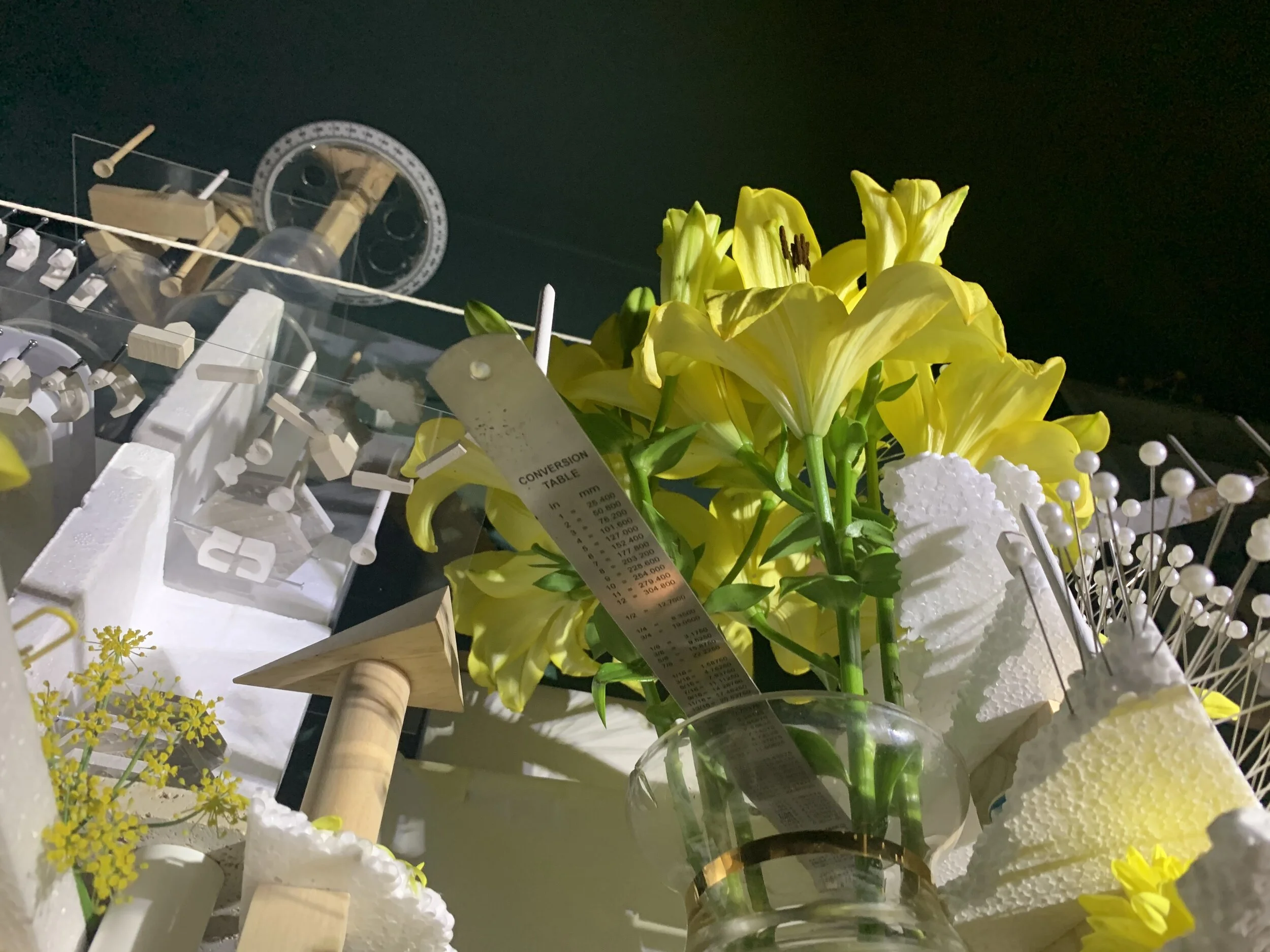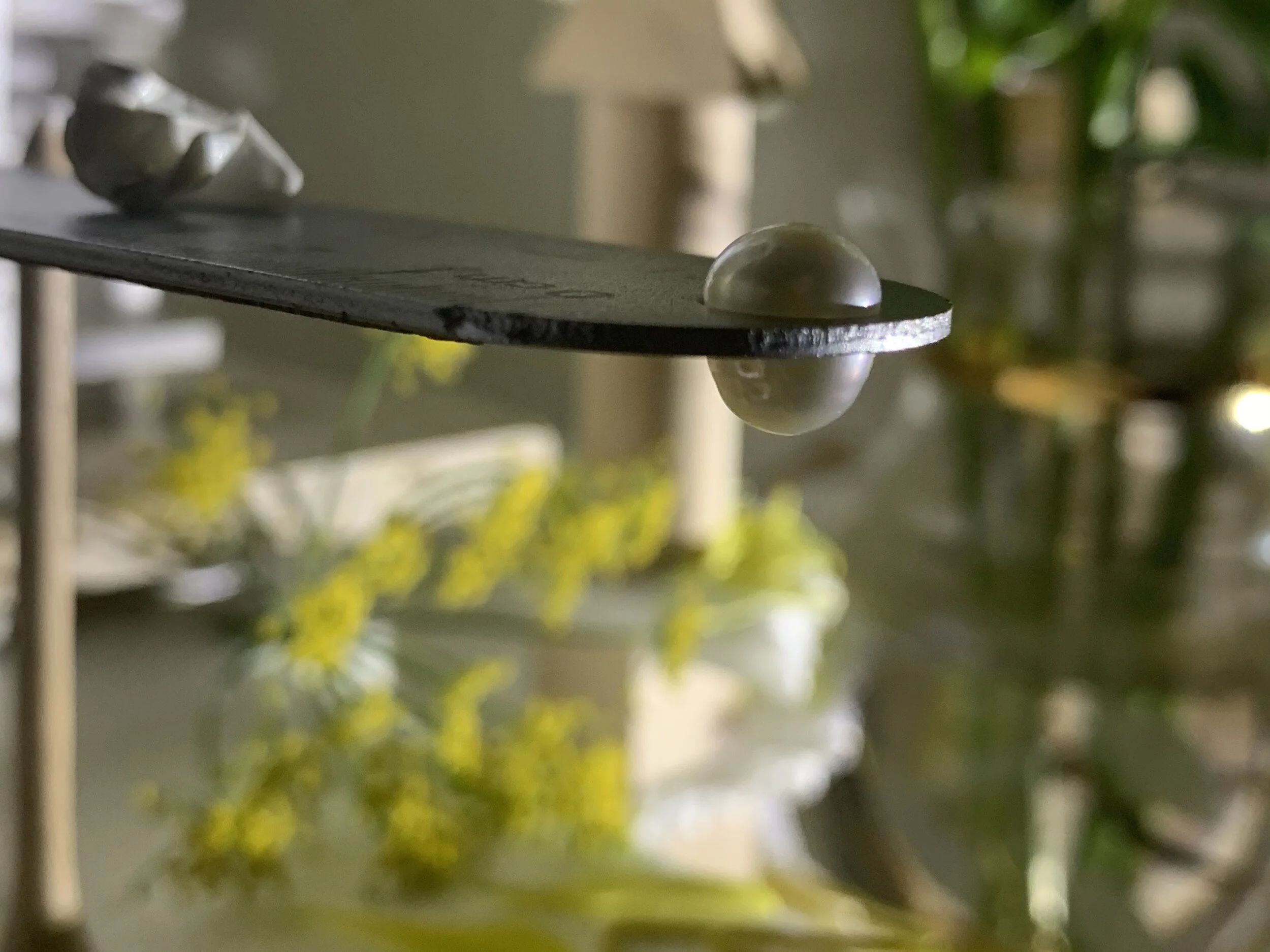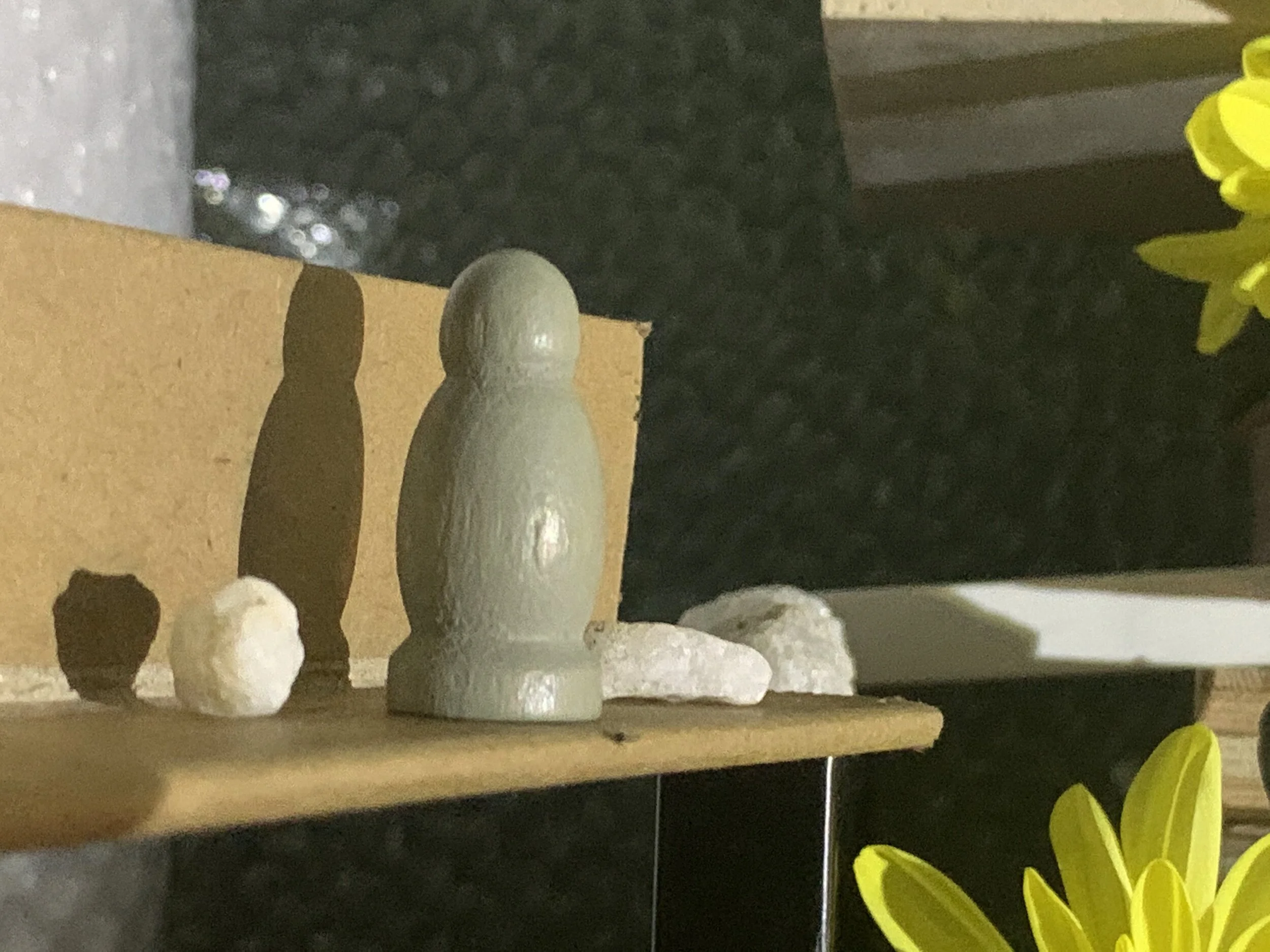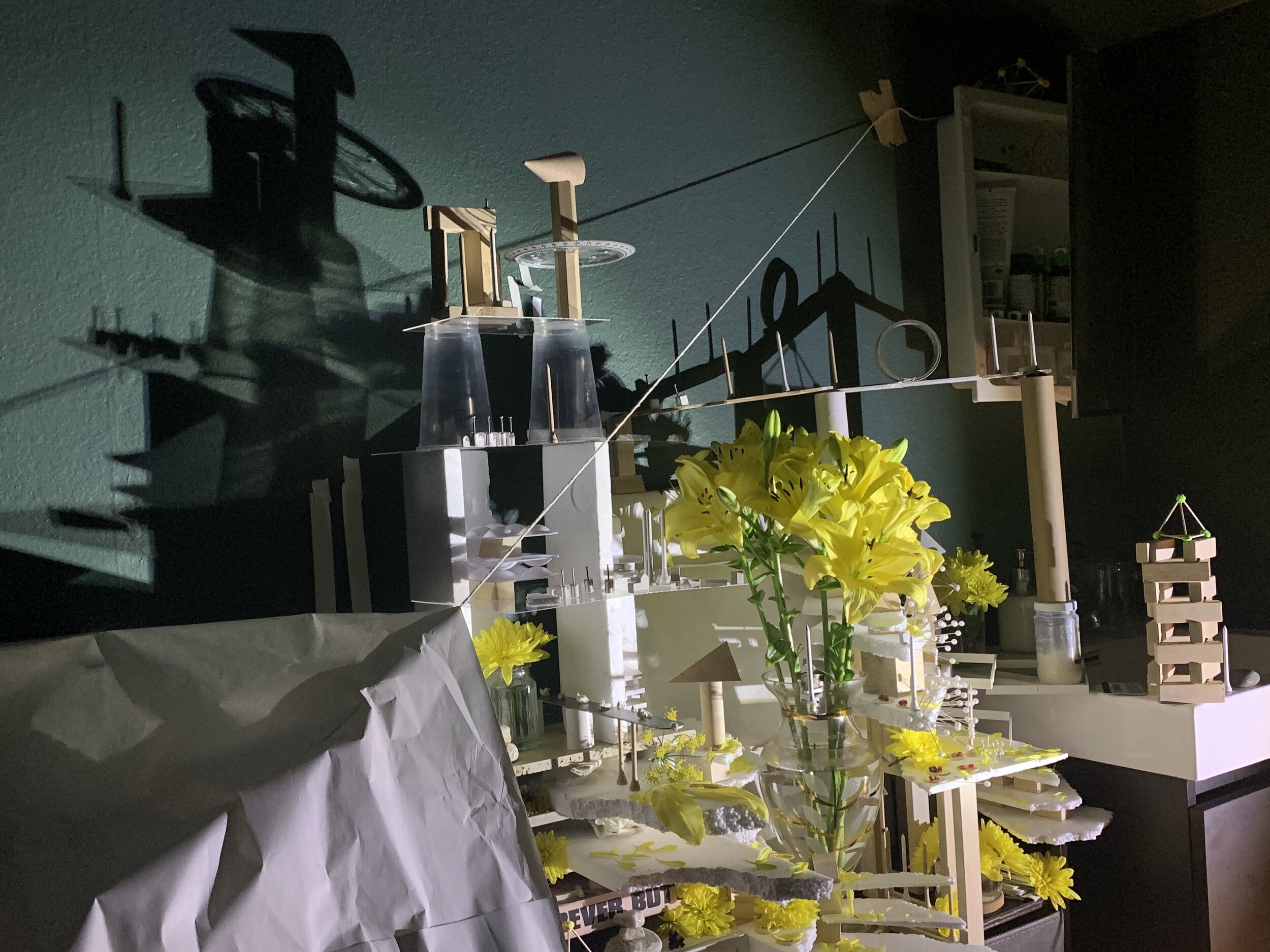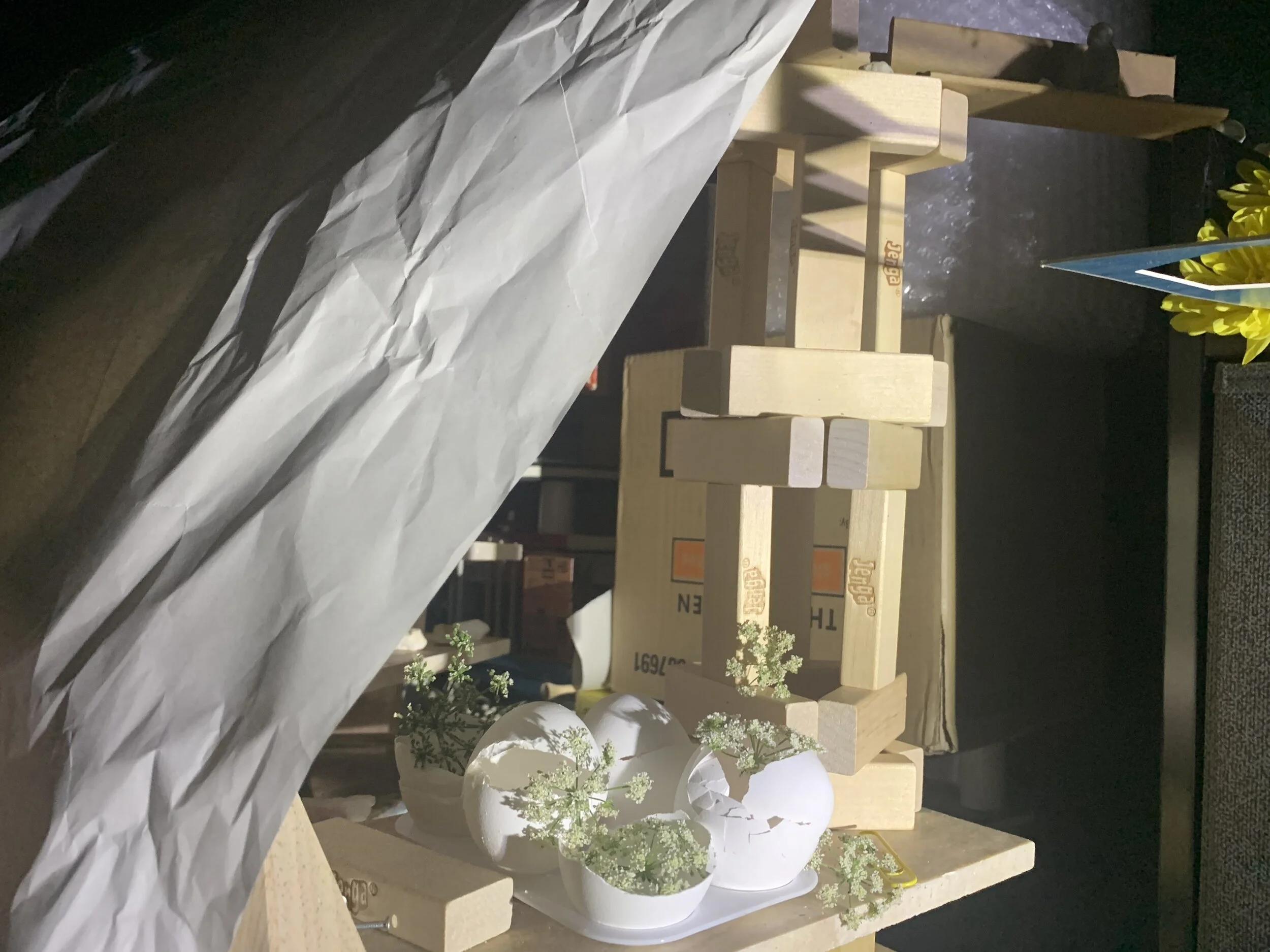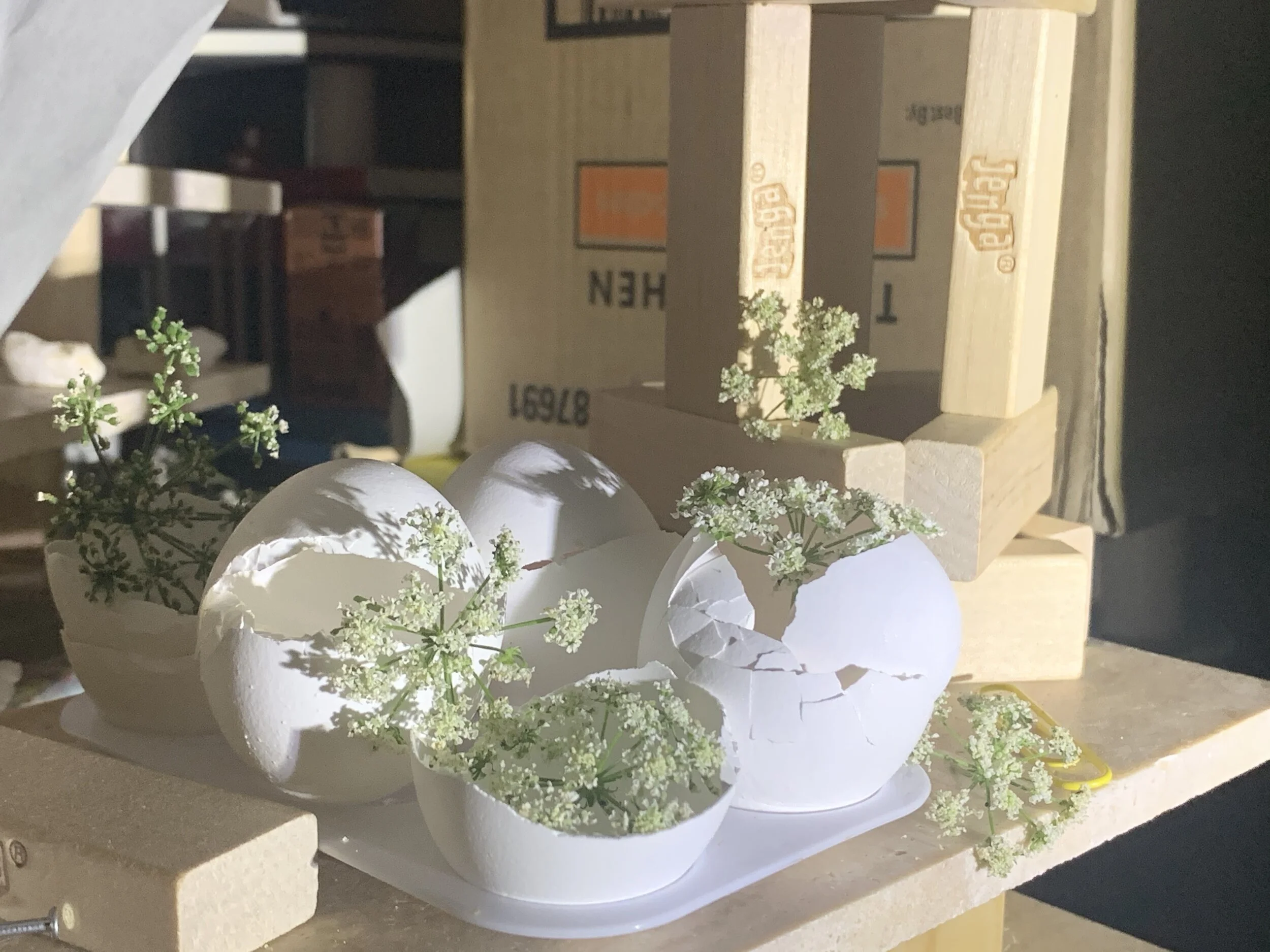another day ok
Joshua Moreno
“In my work, I examine the overlapping relationship between the natural and man-made environment and highlight patterns and systems of efficiency that exist within them. Through installation, drawing, and film, I re-evaluate the everyday spaces and objects that surround us, with added attention to elemental phenomena.”
-Joshua Moreno

What Goes
2020, Not Rated, 25 min
In his debut film, Moreno assembles recorded footage and sounds sourced from Youtube to examine the interconnected relationships between the natural environment and human technological advancements in a linearly cinematic experience.

I Spy By Wifi
2020, Mixed media, Dimensions variable
In this on-going project, Moreno constructs sculptural arrangements inside of his bedroom using objects from his home and garden. Simulating building processes akin to his early memories, he composes objects with the childlike sensibility used in the making of imagined environments made with Legos, woodblocks, Hot Wheels, his rock collection, and other miscellaneous things he had access to at home as a young boy. The use of “I Spy” in the title is a nod to the I Spy books he enjoyed in grade school for their visually immersive and participatory imagery and now draws upon their visual vocabulary in the making of this project. Throughout the duration of the exhibition, Moreno will continue to develop the work, which will gradually expand to different parts of his bedroom with weekly photo updates.
Week 1: I spy life & death plus baby’s breath
Week 2: I spy cut & measured lush with orange soda crush
Week 3: I spy sentimental pearls in post & lintel swirls
Q & A between Karla Centeno & Joshua Moreno
KC: What are the first things you consider when starting a new installation (I.e. the space, the smell, the object, the feeling, the idea)?
JM: I typically consider the architecture and the surrounding conditions such as lighting and air circulation. Depending on the circumstance, I also think about the objects already in the space and how, if at all, I can include them in the work and build upon what’s there. The functions and history of the installation sites are also important and inform how I would develop the space and concepts to be further examined. For I Spy By Wifi I was thinking about how the bedroom setting and objects within/nearby can be used as a framework for how to go about selecting materials and assembling the piece.
KC: This is a two-part question: Film is a new medium for you, what made you go in this direction? Is there any overlap between What Goes and works from the past?
JM: Filmmaking has been an interest of mine since middle school when it was my hope to become a director of electronic music videos. However, I was always intimidated by the process, and frankly, I still am. I decided to pursue film now while I am an MFA student with access to people that can guide me in this new endeavor. This past spring quarter I did an independent study with a film studies professor, Pavle Levi, who was profoundly instrumental in shaping my thinking of how to approach film. I don’t think I would have been able to do this without him.
Yes, I would say that there’s a lot of connections between how I go about making collages and how I made What Goes. In many ways, I see this film as a collage of sourced moving imagery and sounds.
KC: What is one thing you would like me to know about this body of work that I wouldn’t know by looking at it?
JM: In I Spy By Wifi everything outside of the frame of the photo is a disaster...a total mess.
Initially, for What Goes, I was interested in working with just moving imagery and did not want to work with sound altogether. About halfway through the project my professor Pavle got me thinking about the possibility of sound so I started experimenting.
In the process, I captured sounds directly from my laptop using the audio recording feature through QuickTime Player and edited everything with iMovie. For future projects, I am looking forward to working with more advanced sound recording equipment and maybe using Premiere or FinalCut.
Surprisingly, I really enjoyed the process of soundscaping all of the footage and tackled it in the same sort of “hunt and gather” approach as the footage itself. Along the way, I have amassed a diverse sound library on my laptop. The sounds in the opening scene are recordings of vibrations of the sun gathered from NASA and coincidently Stanford. In multiple moments, I used layered ASMR recordings such as someone handling plastic (tumbleweeds), aluminum objects (car scraping), or someone blowing into a mic (wind). I actually didn’t even know what ASMR was until I started soundscaping the film and now I am really into it - I definitely get tingles! Also, the music in the dolphin scene is taken from the ECCO the Dolphin SEGA game from the early 90s. Now I can’t imagine it without sound…
KC: Your installations often deal with overlooked spaces/details (i.e. bedrooms, closets, holes in walls). Why is that?
JM: When it comes to installation, I prefer working within environments that have character and serve some type of function beyond displaying art. I find they yield more access points for me to expand upon. It’s easier and more fun for me to have something already there to respond to, rather than starting from the ground up. Also, domestic or nontraditional spaces are what historically have been available to me which has gotten me to think more openly about where art can be experienced.
KC: In what I have seen of your work, there seems to be an interest in the visual presentation. Is beauty something you’re thinking about when making art?
JM: I would say my response to beauty is immediate and I take on a visually formalist approach when composing works as a method to pull people in...but also I can’t really help myself. I’m convinced I’m hardwired to go about making art with aesthetics always in mind and honestly I am kind of shy to admit this. There’s this common misnomer in contemporary art that if something is not beautiful then it must be intelligent and if it is beautiful then its beauty is what’s at stake. I respond to work that is both beautiful and intelligent. In fact, I feel beauty is most effective if it’s intelligent. Often, beauty is regarded as simply surface-level and uncritical, but there’s something undeniable about its efficacy which is self-evident in the way we respond to our surroundings, the things within our surroundings, and each other.
In the making of What Goes, my professor Pavle and I discussed Oscar Wilde’s quote, “Beauty is a form of Genius--is higher, indeed, than Genius, as it needs no explanation.” From that conversation, he mentioned that the beauty Wilde often refers to is the sort of beauty characteristic of a synthetic flower that never dies and forever maintains its vitality. In that respect, and in regards to my art, I find myself most inspired by the type of ephemeral beauty associated with a natural flower. There is a complexity and purity to this kind of beauty...it’s honest.


